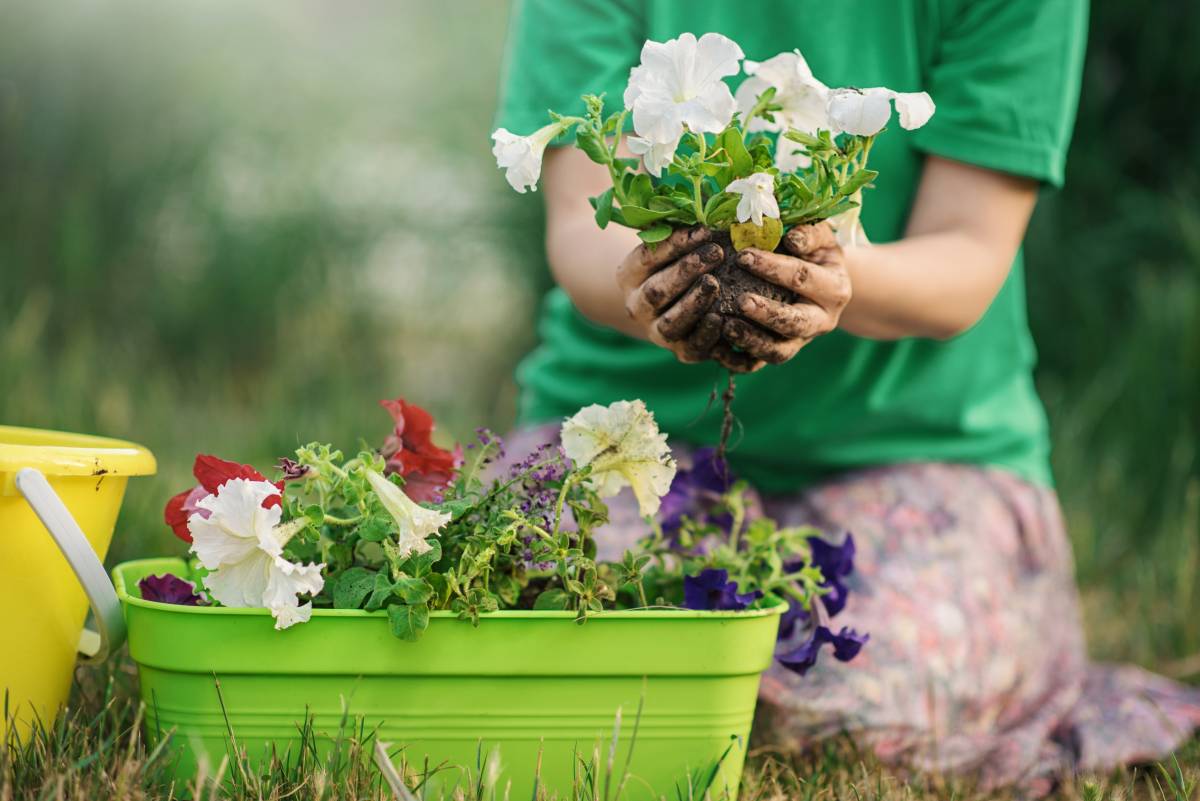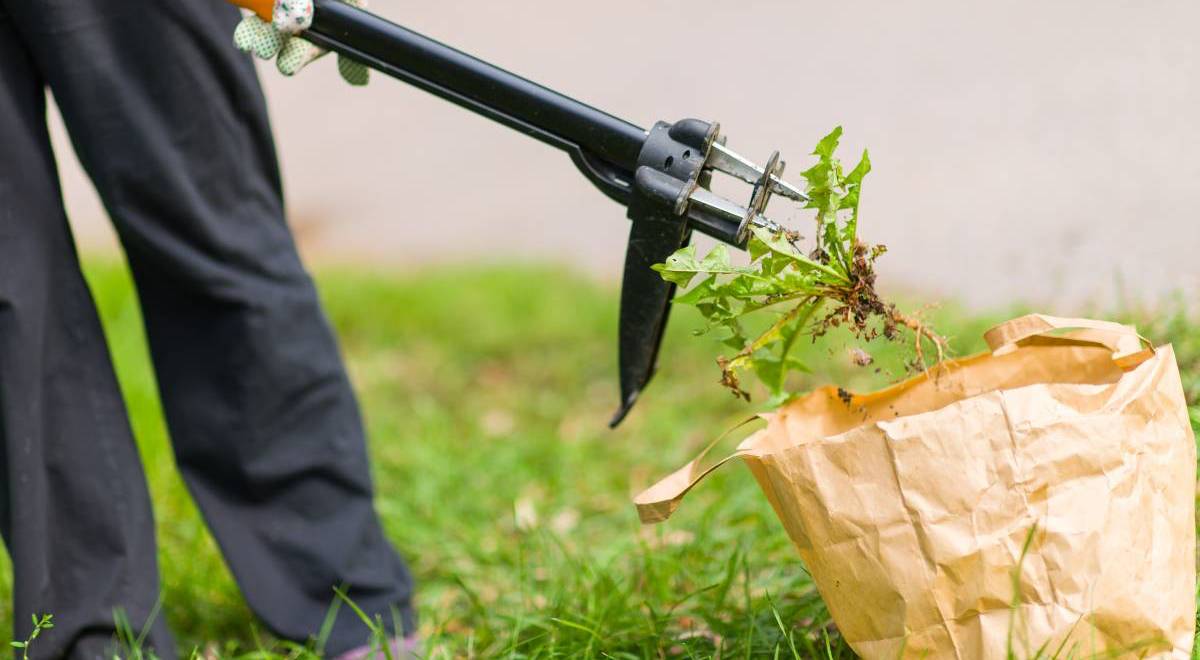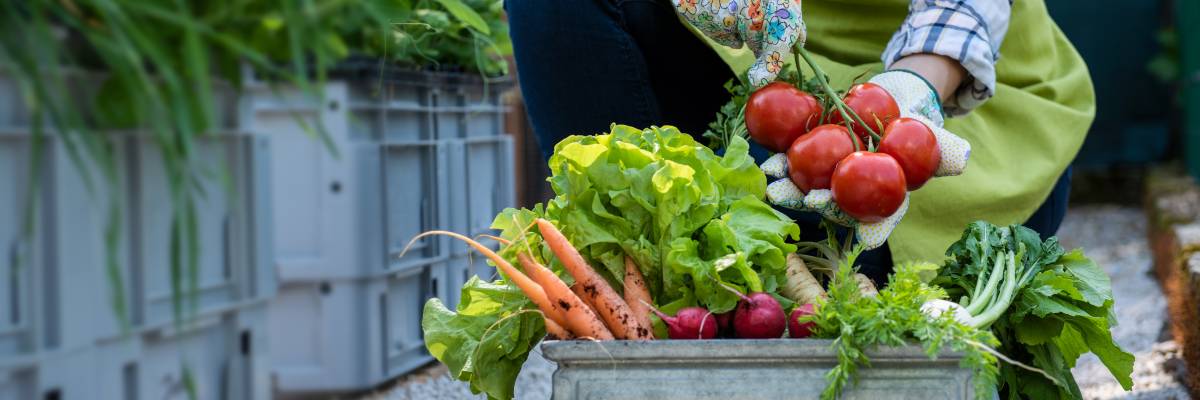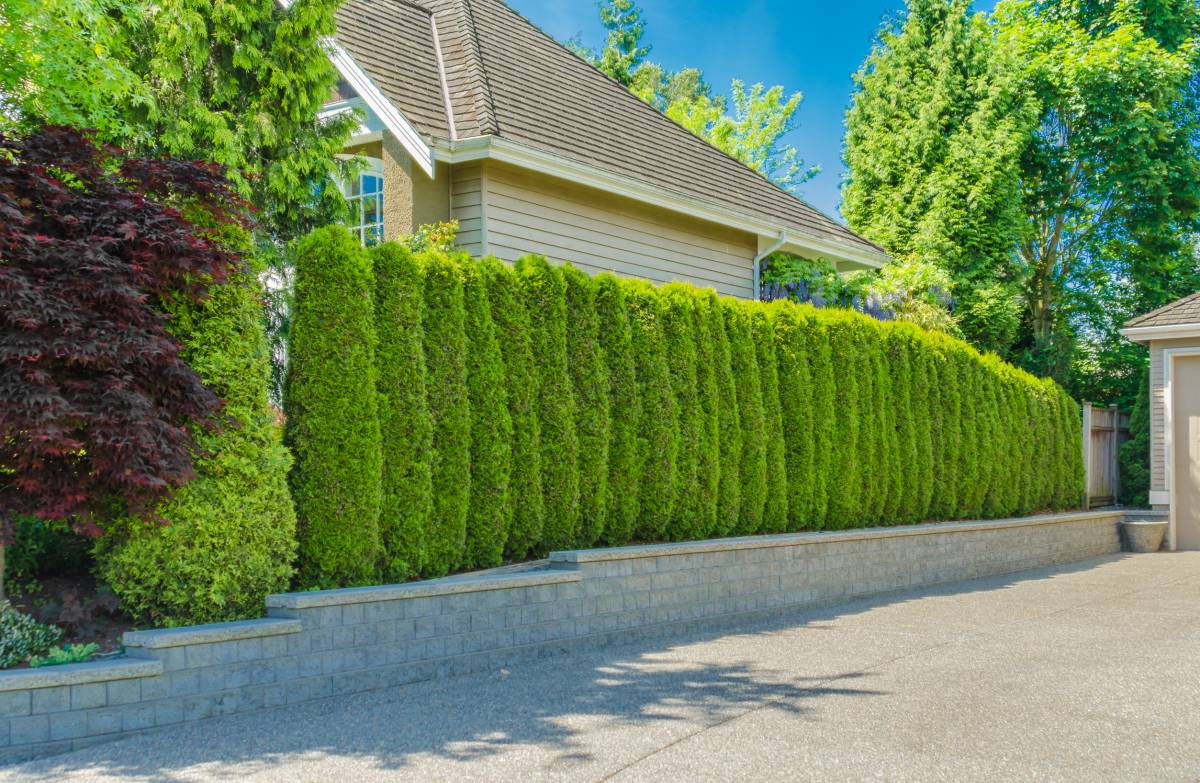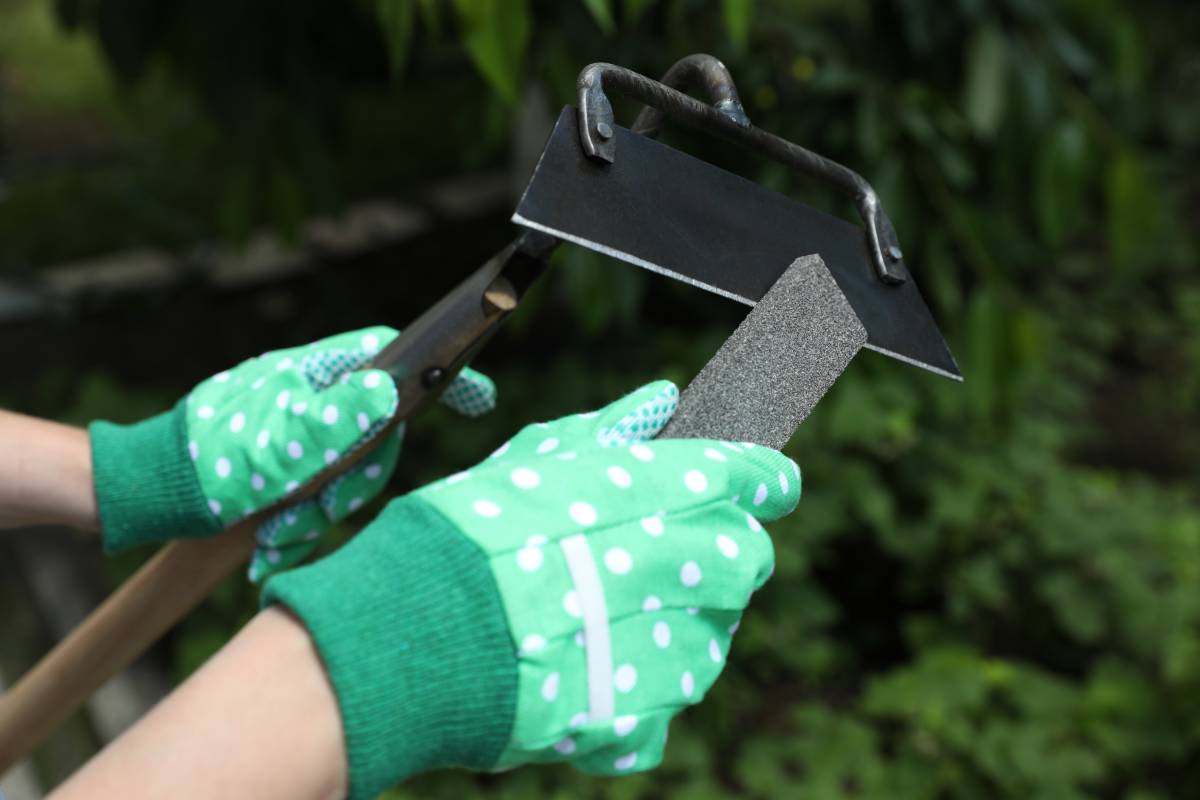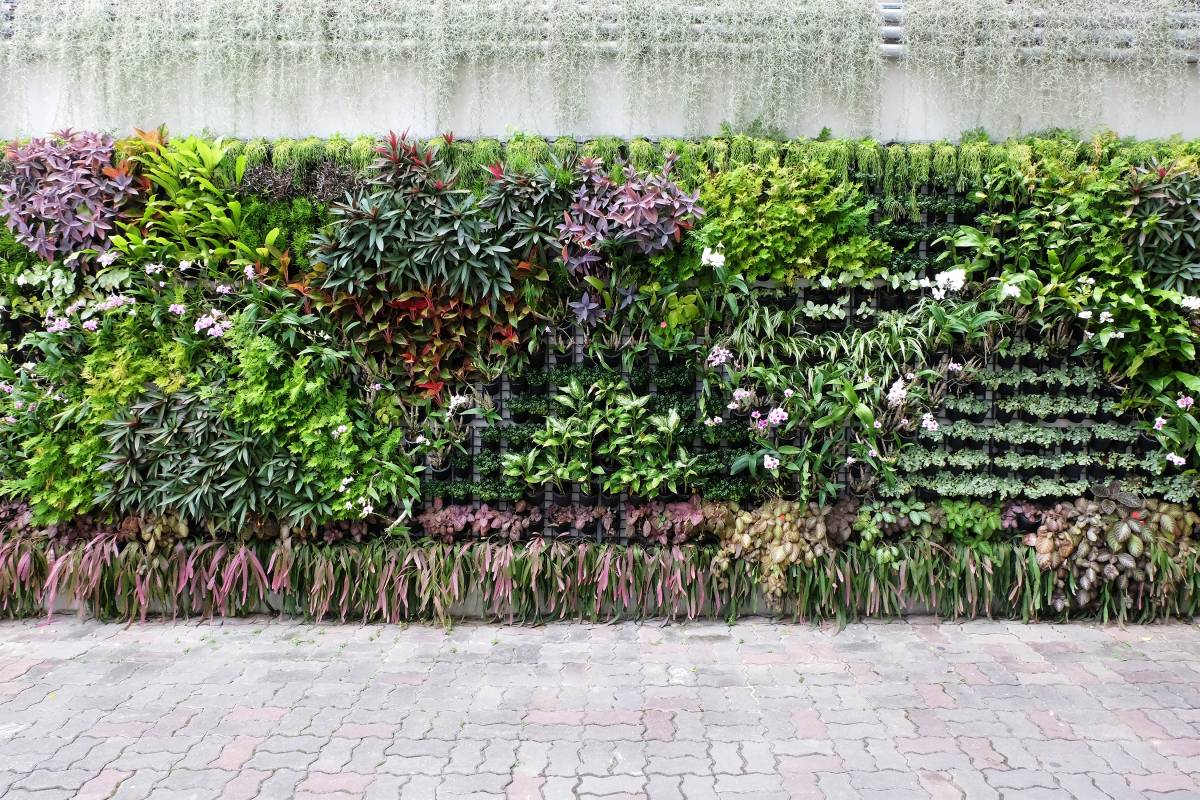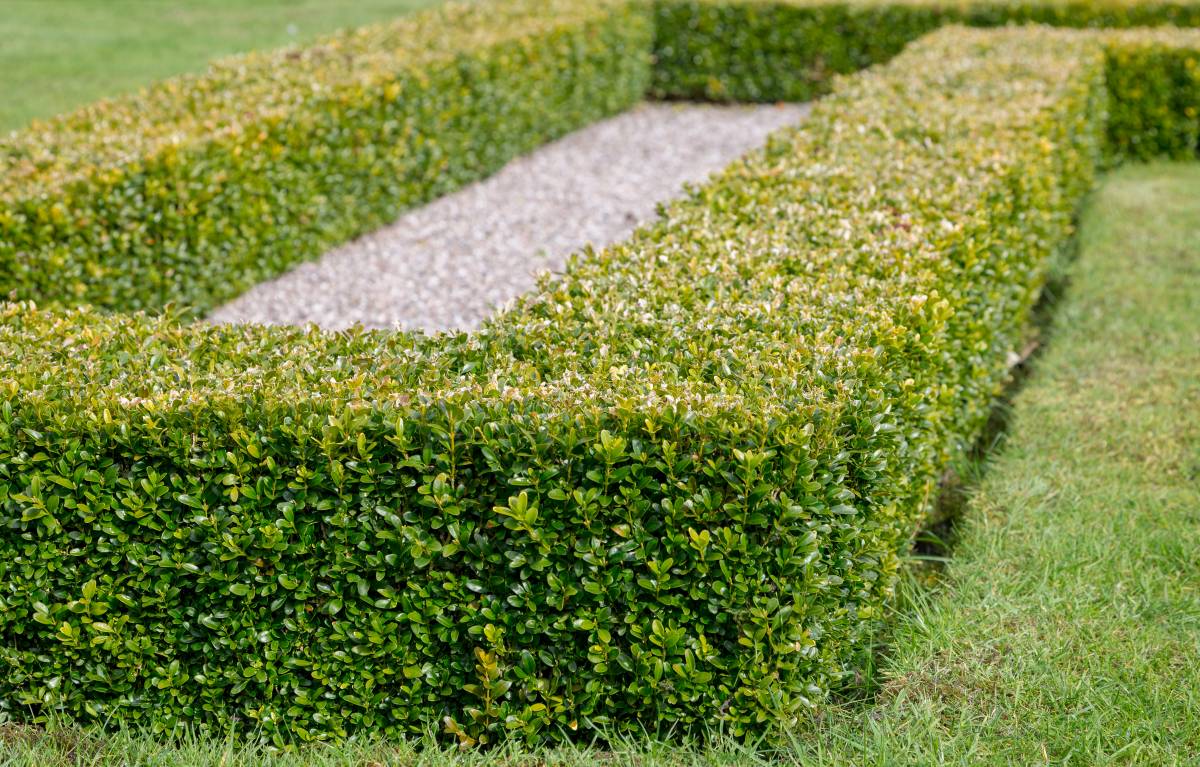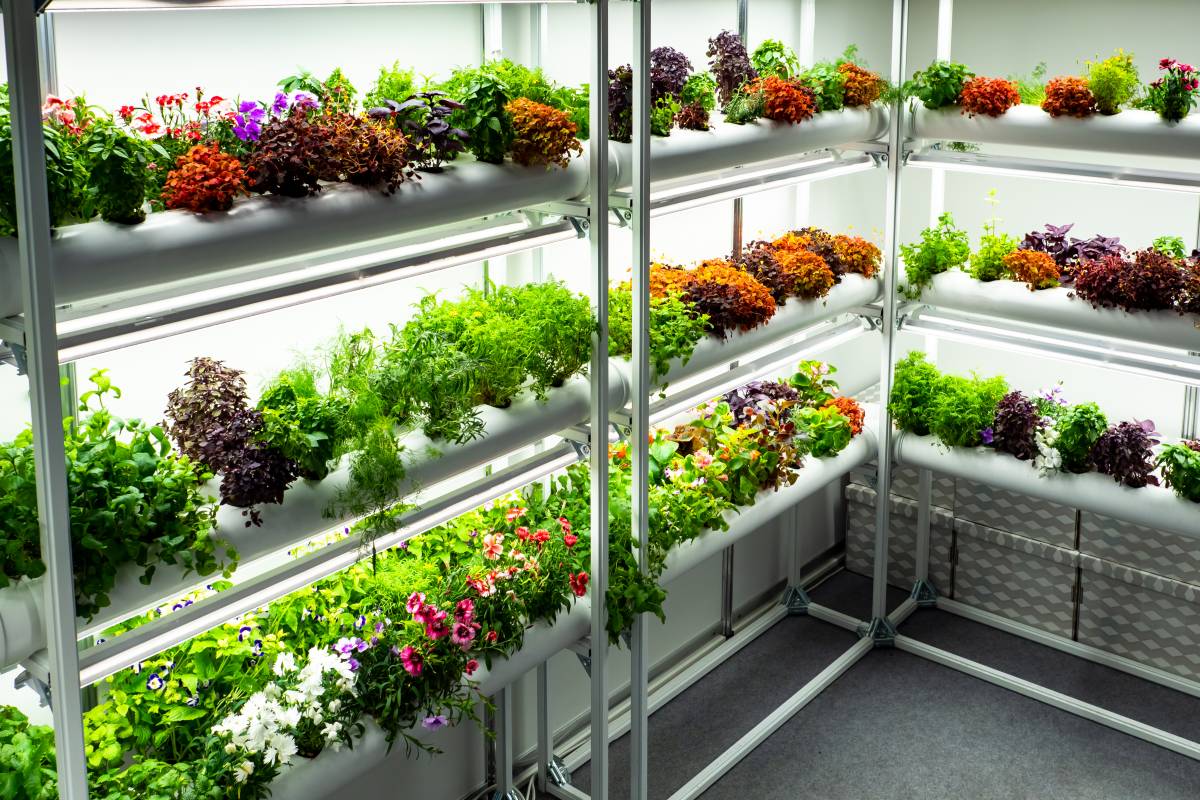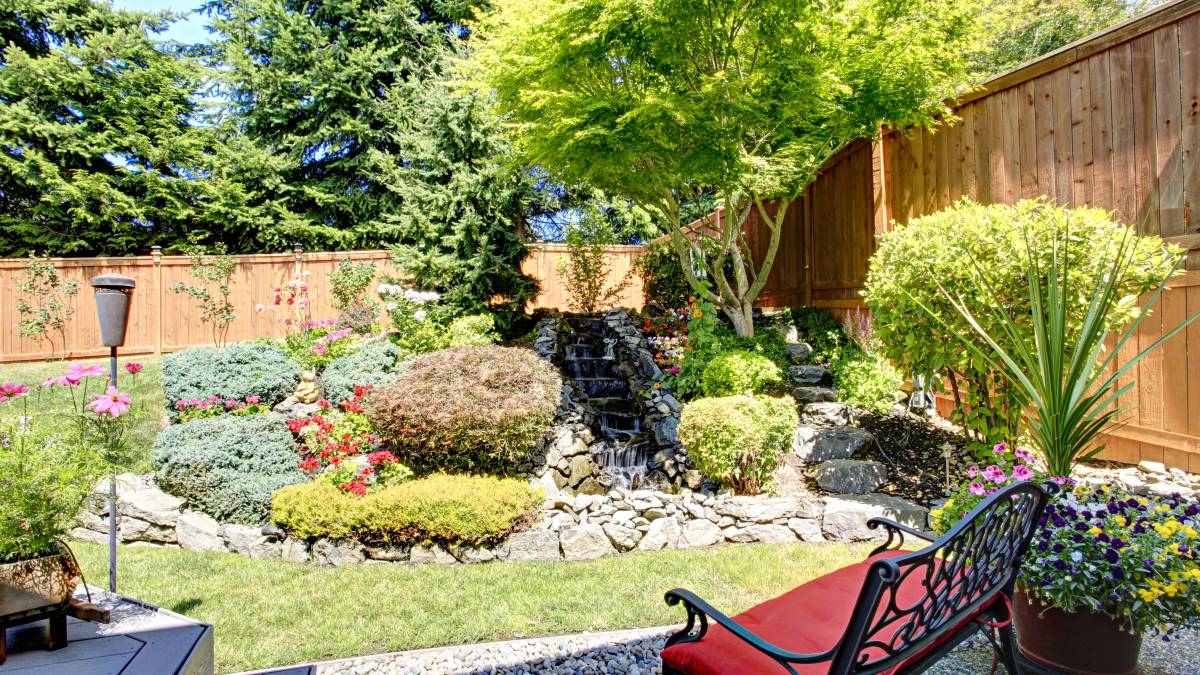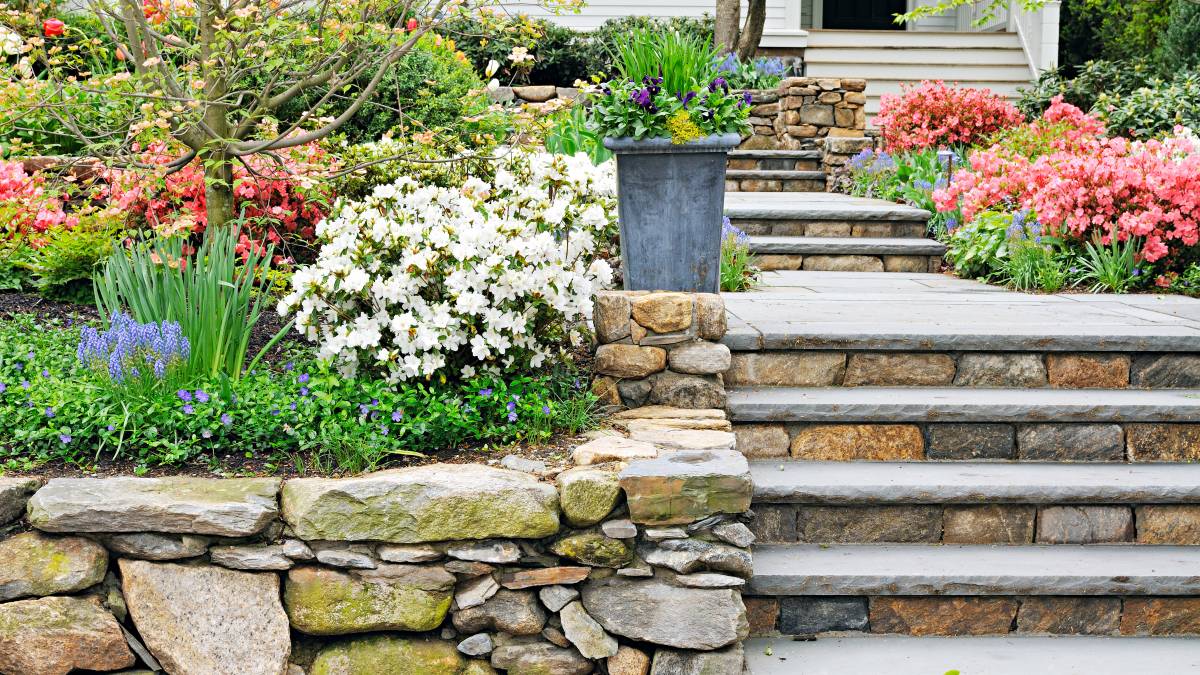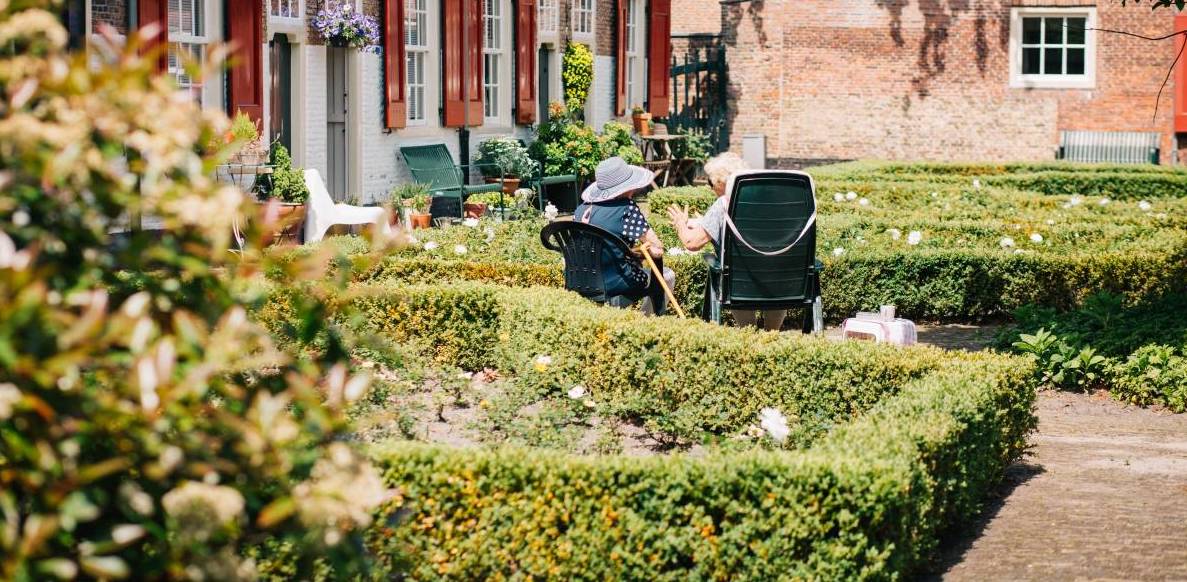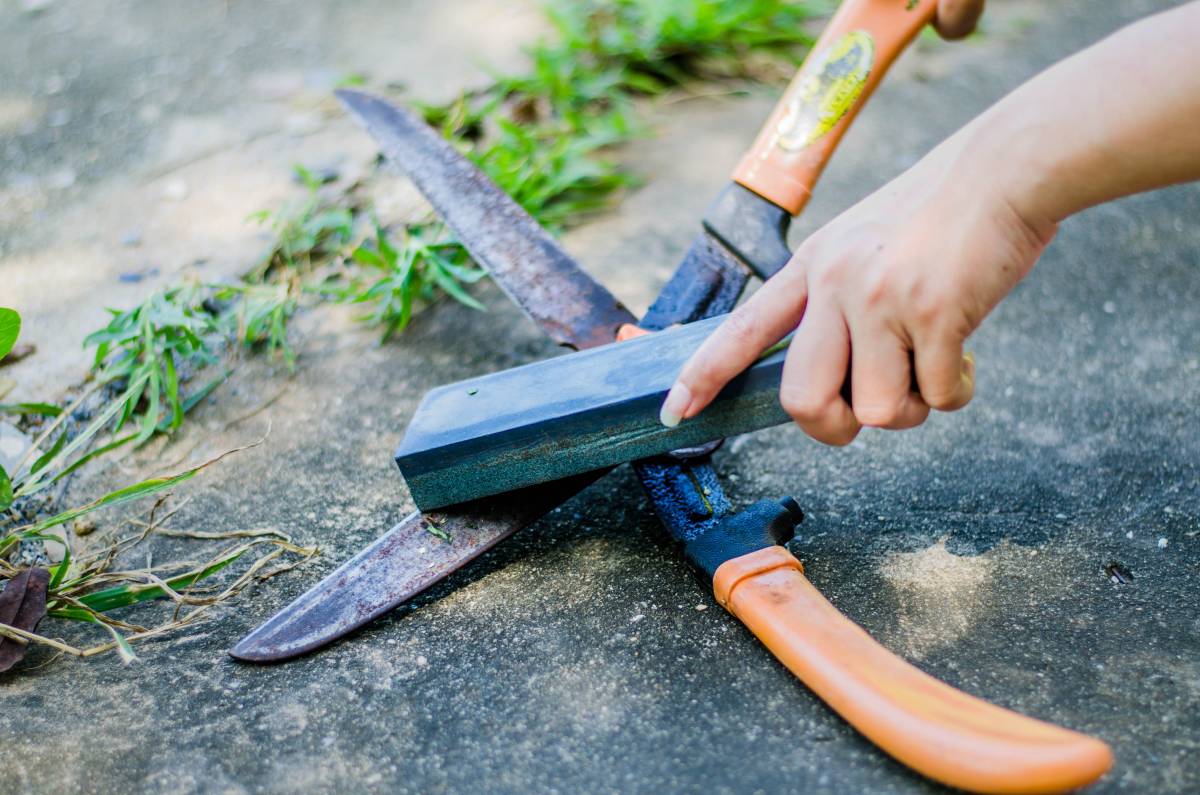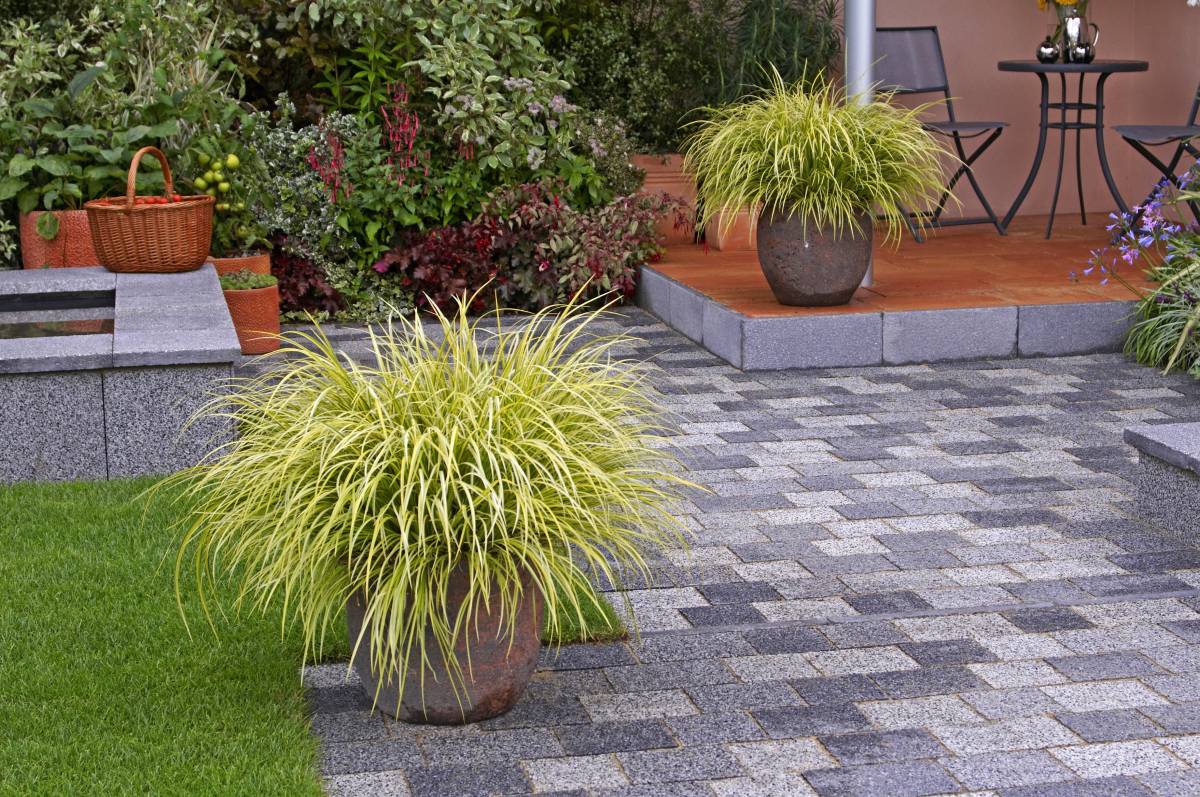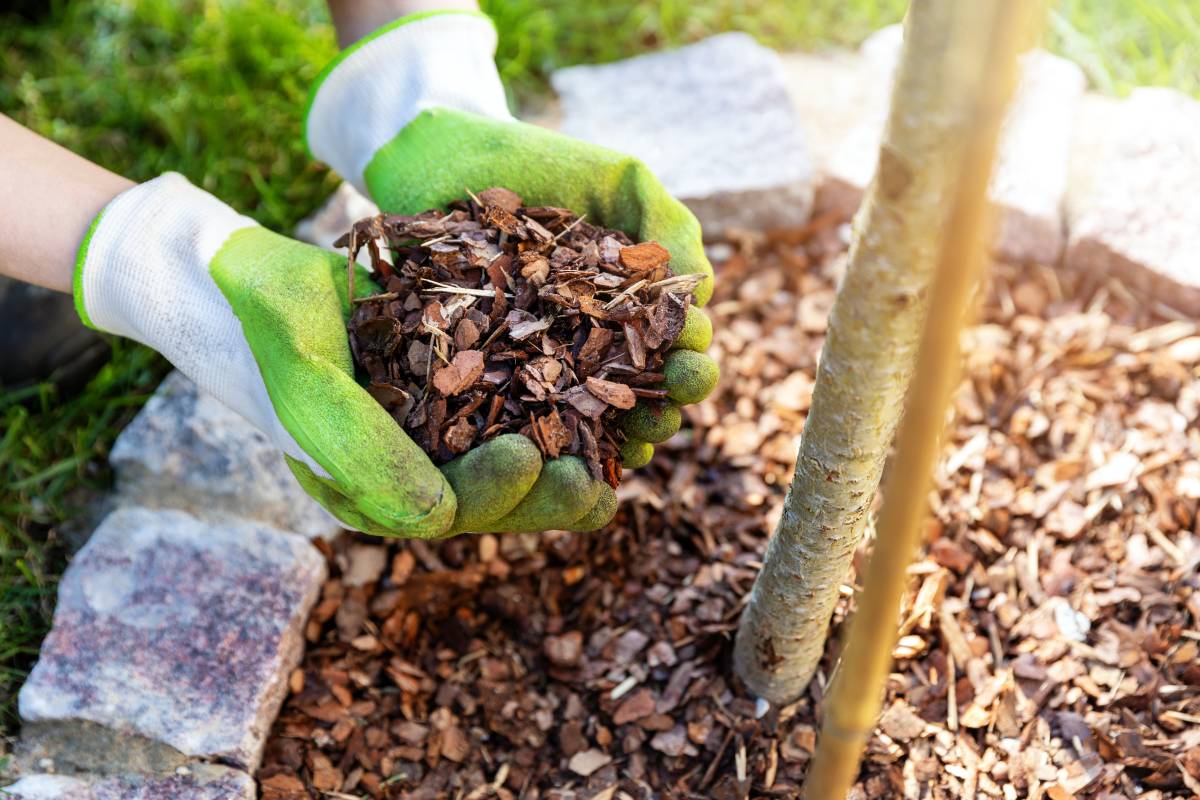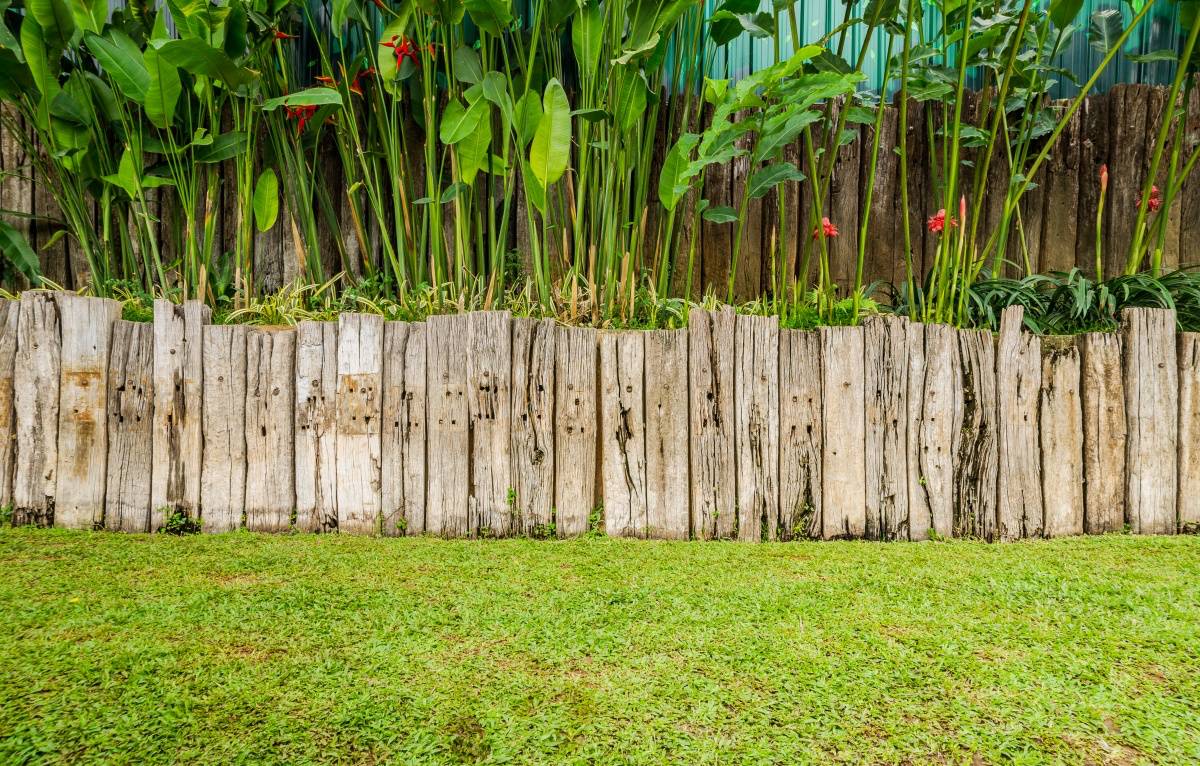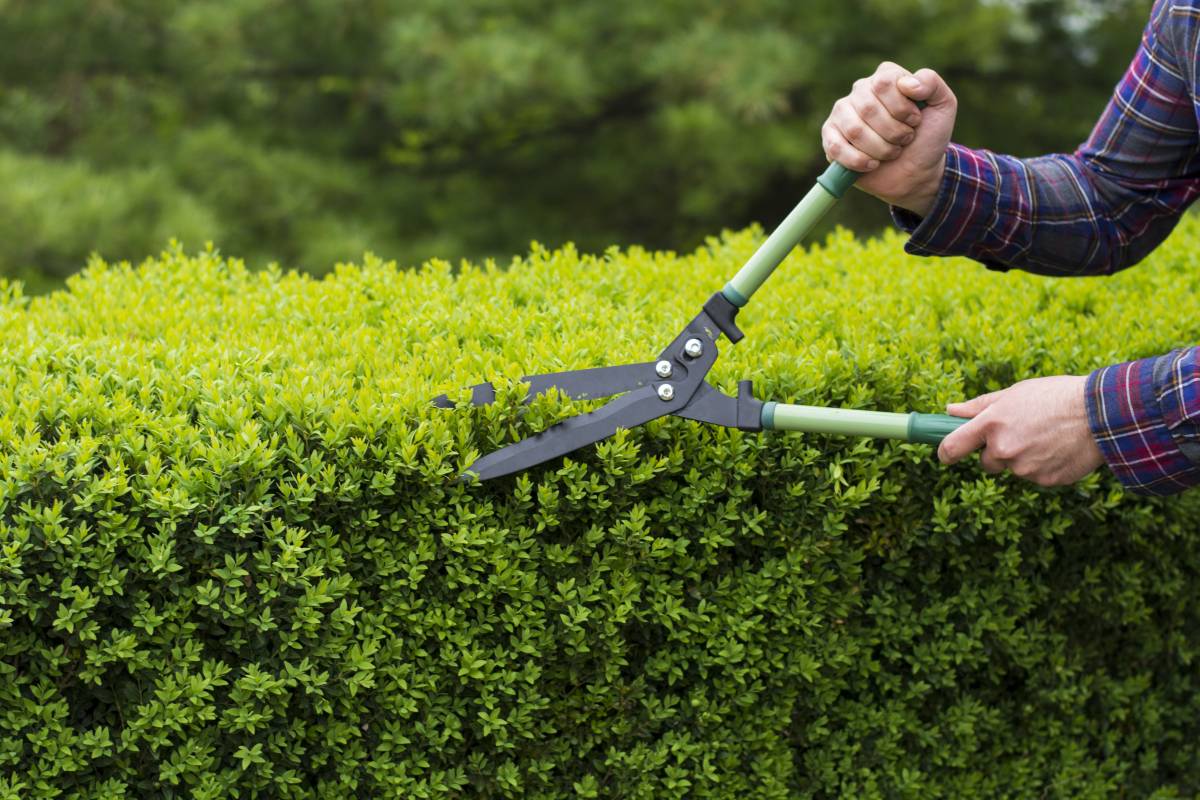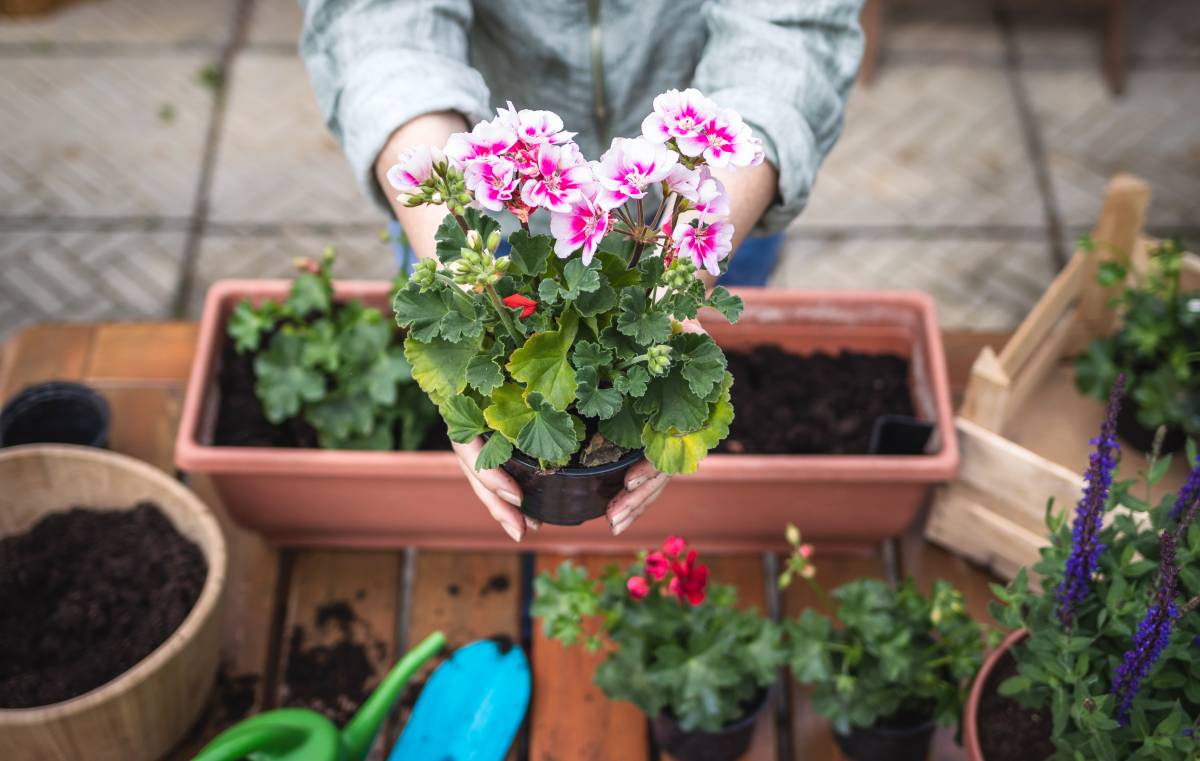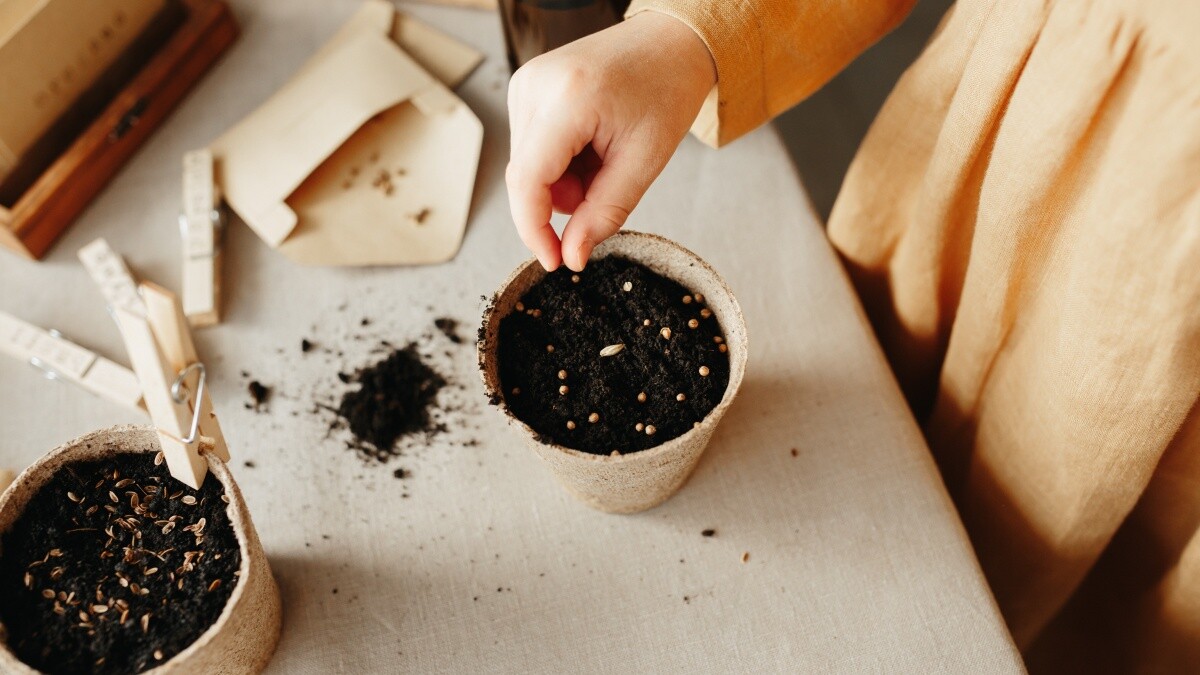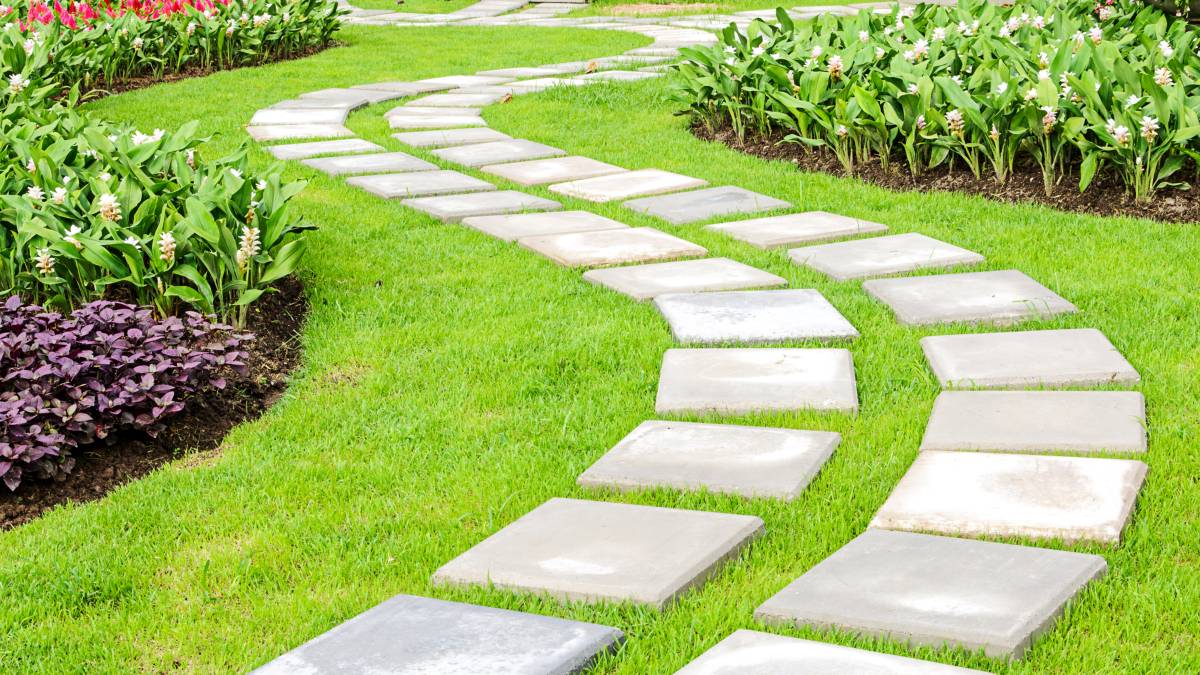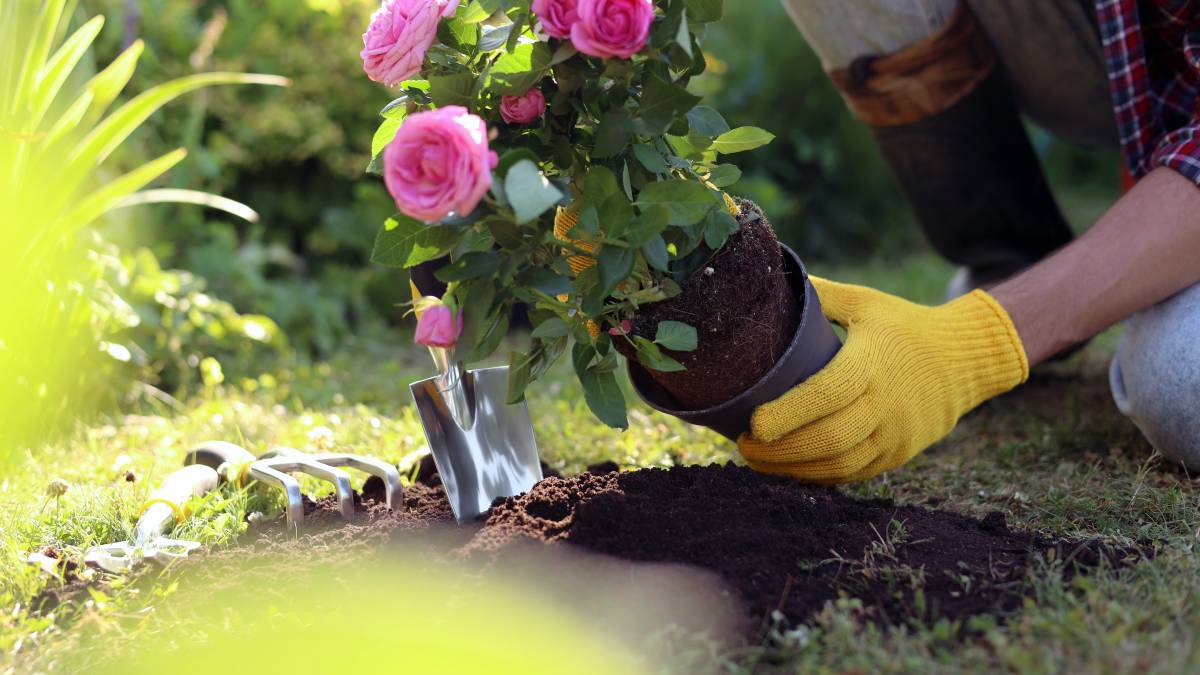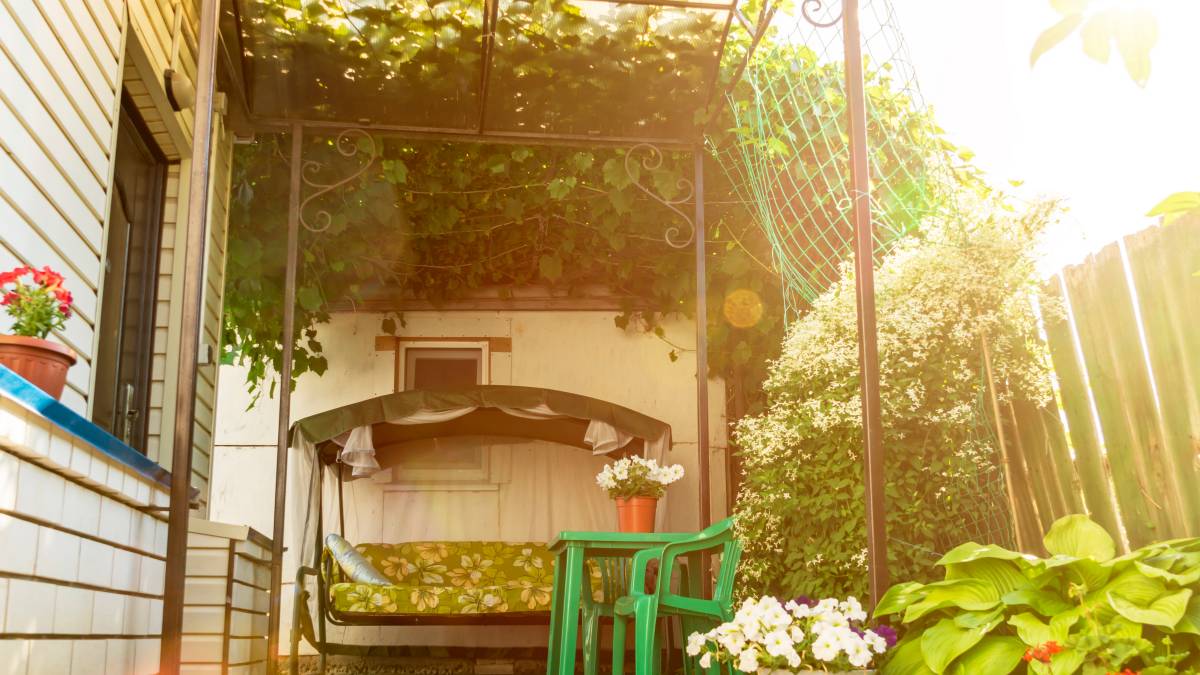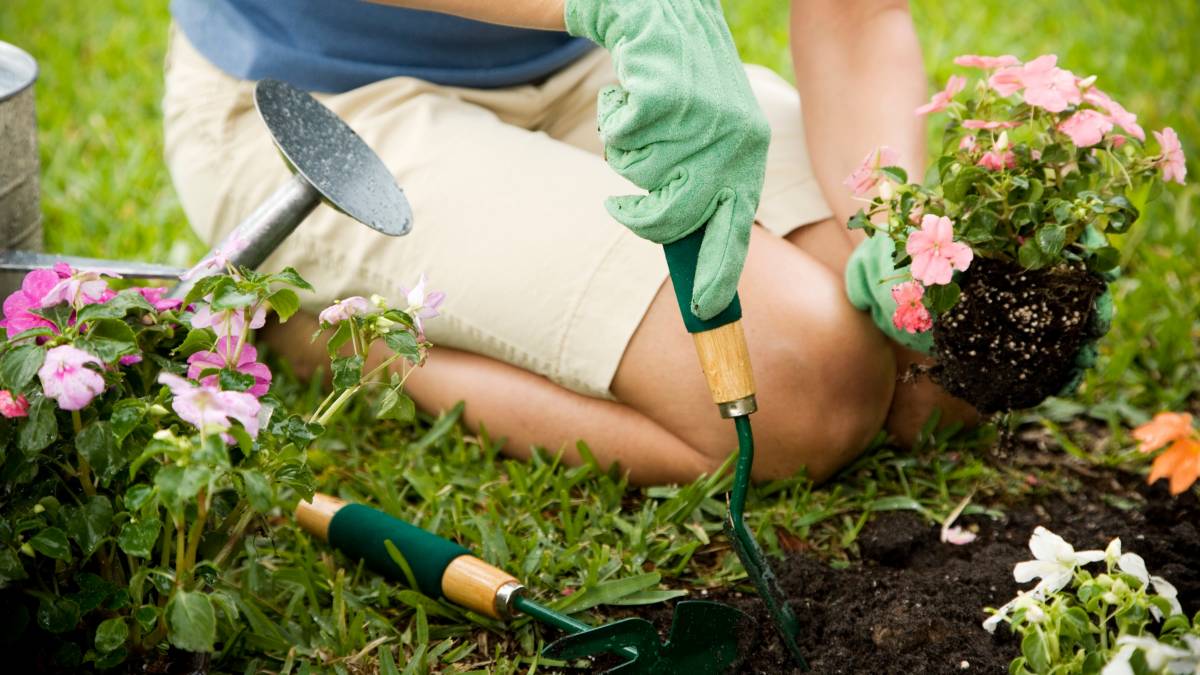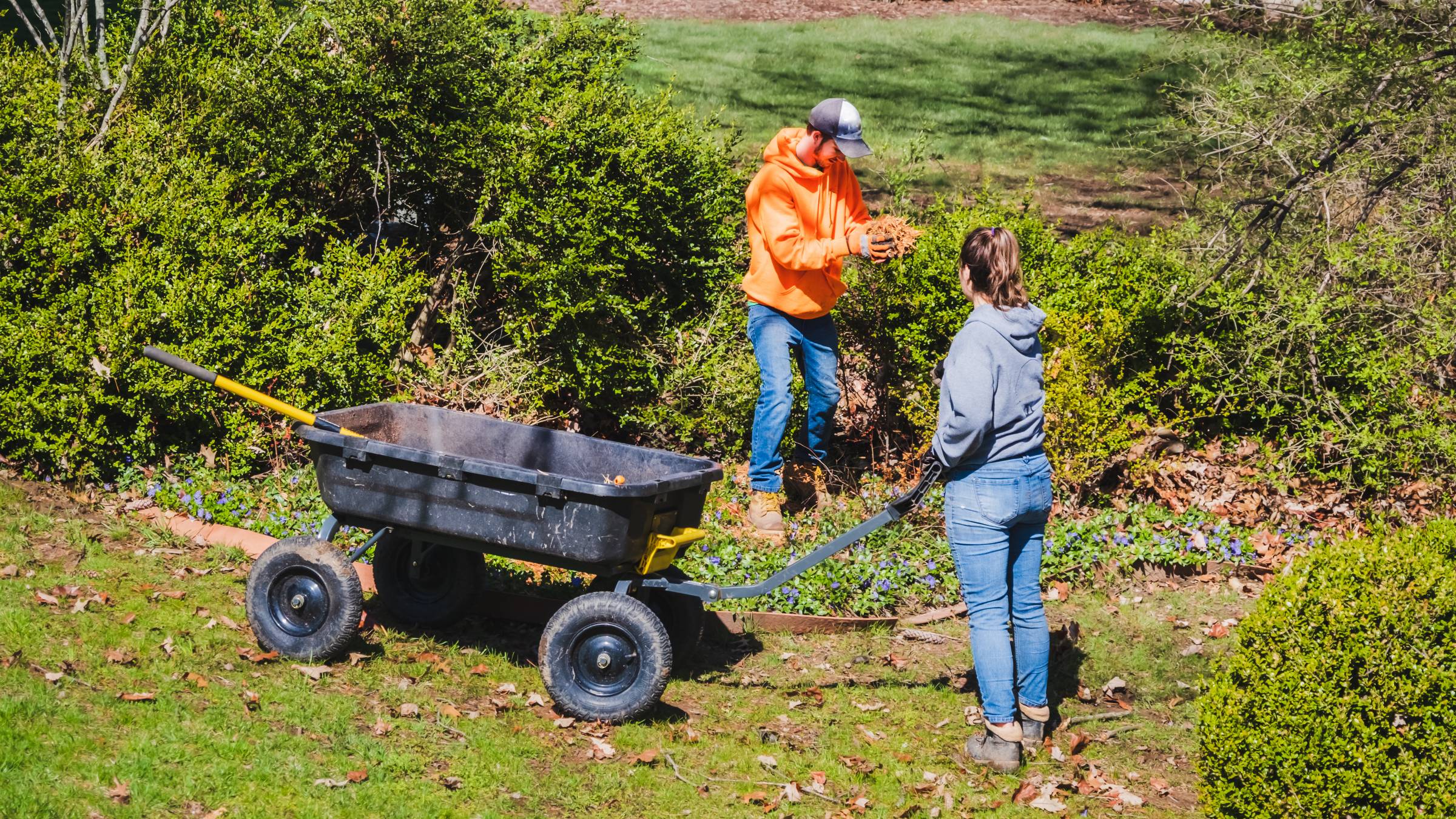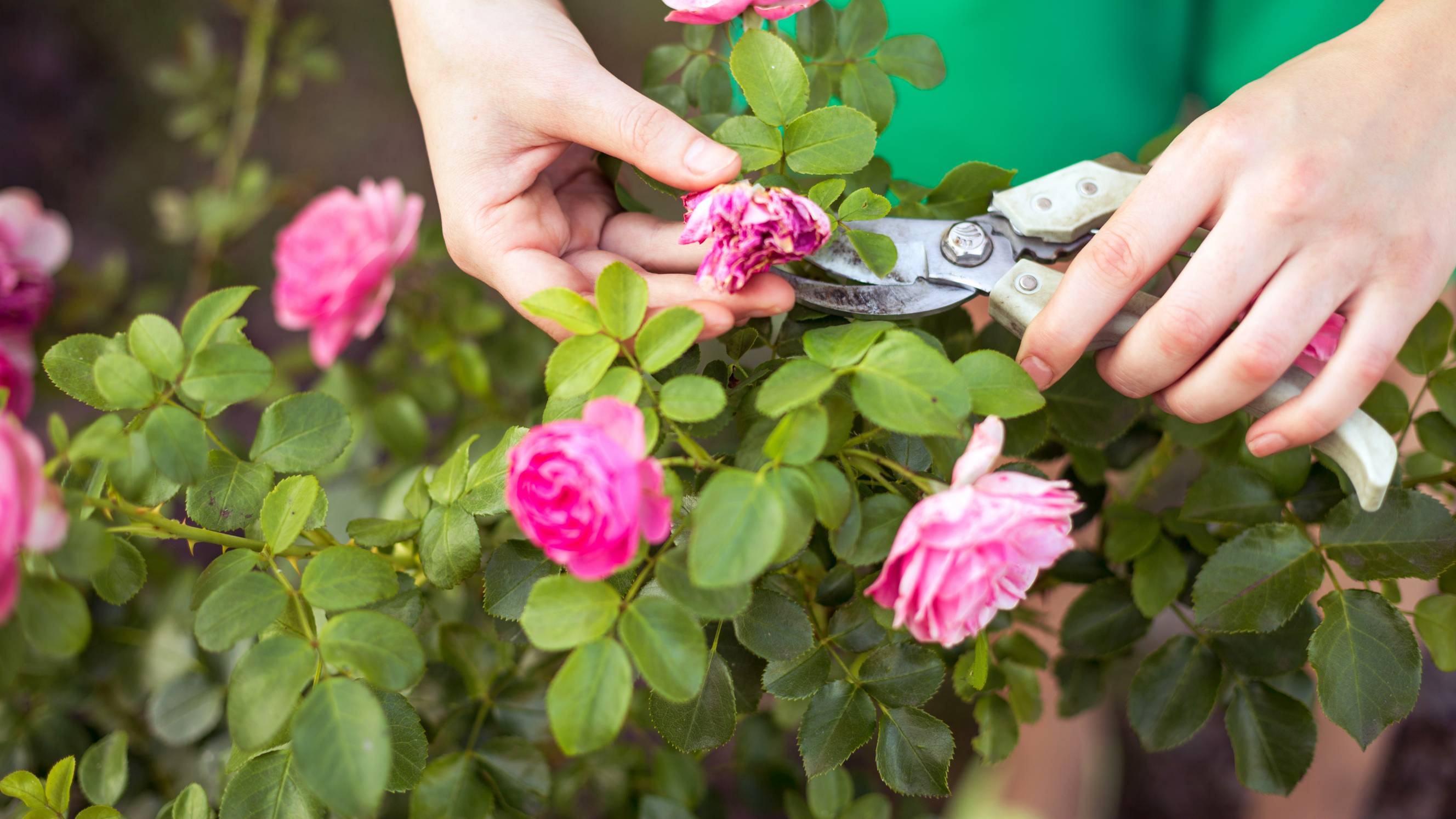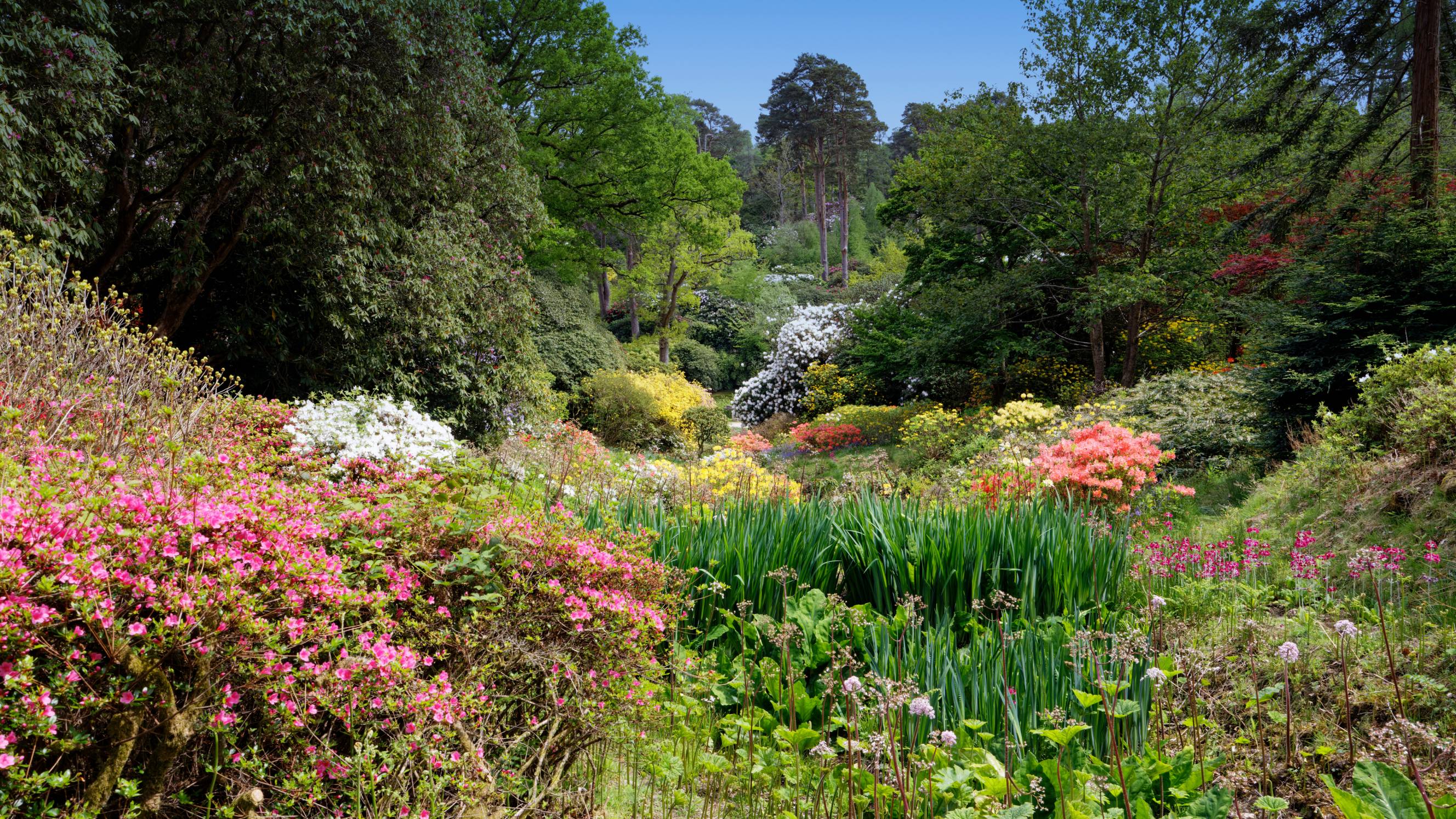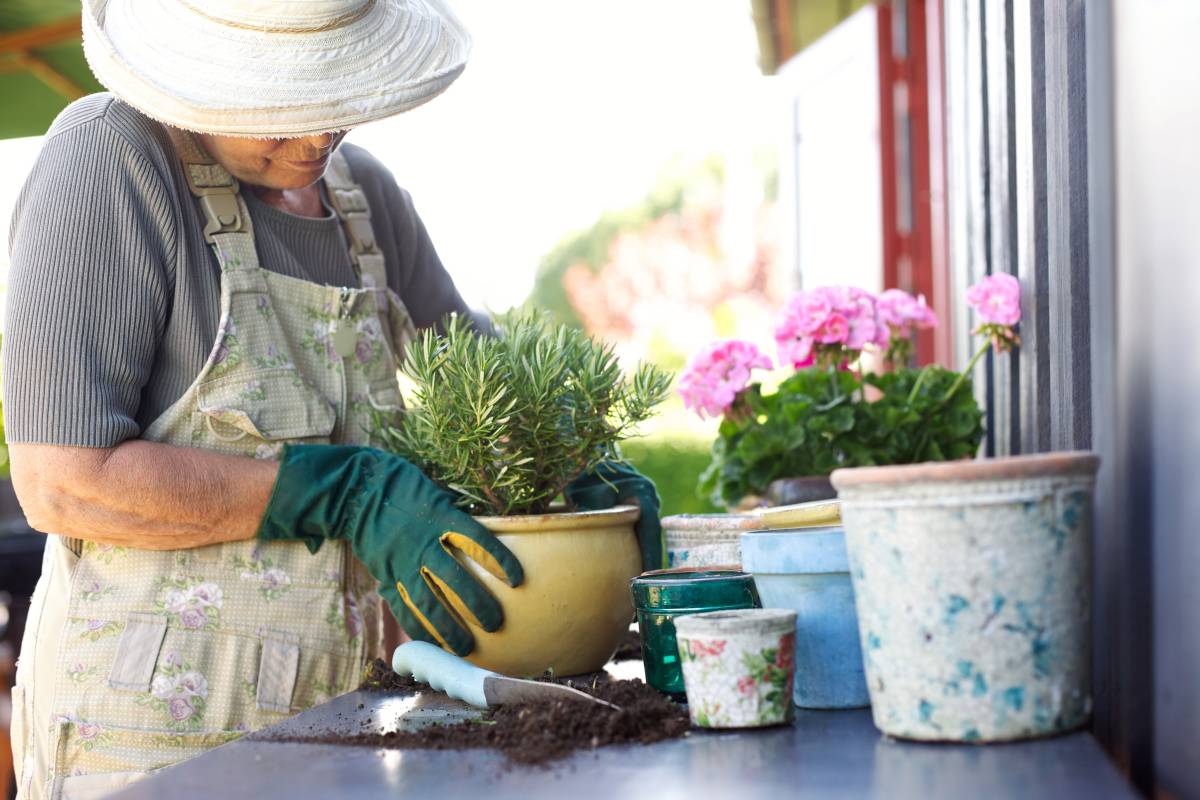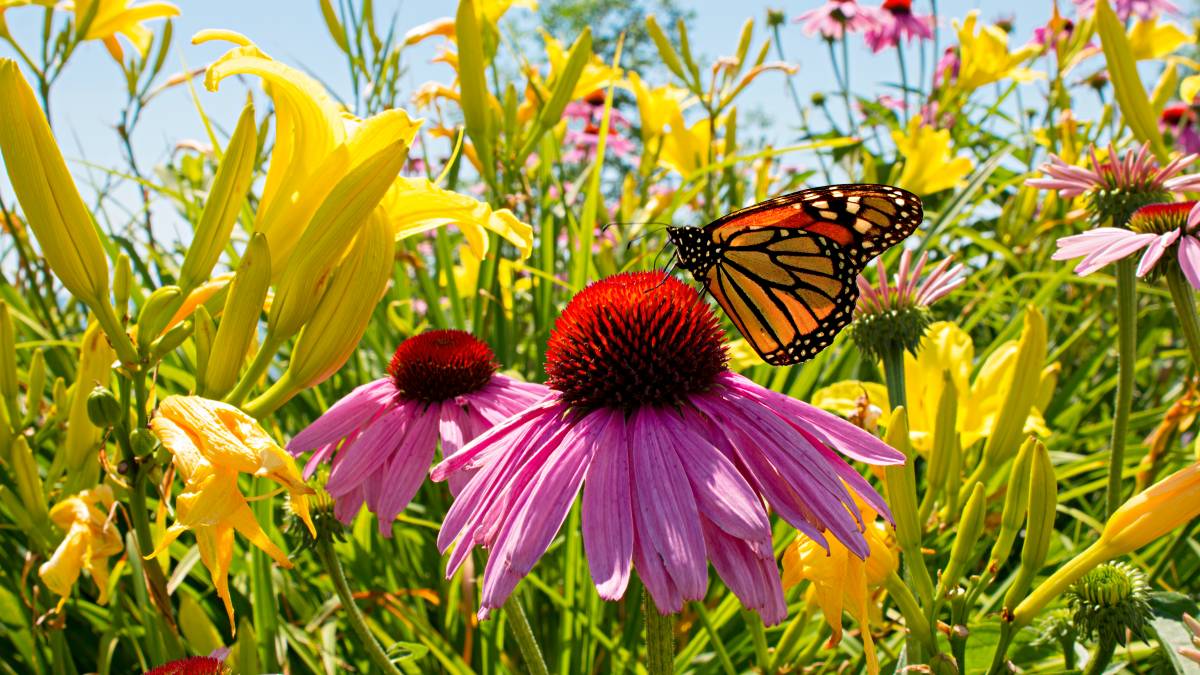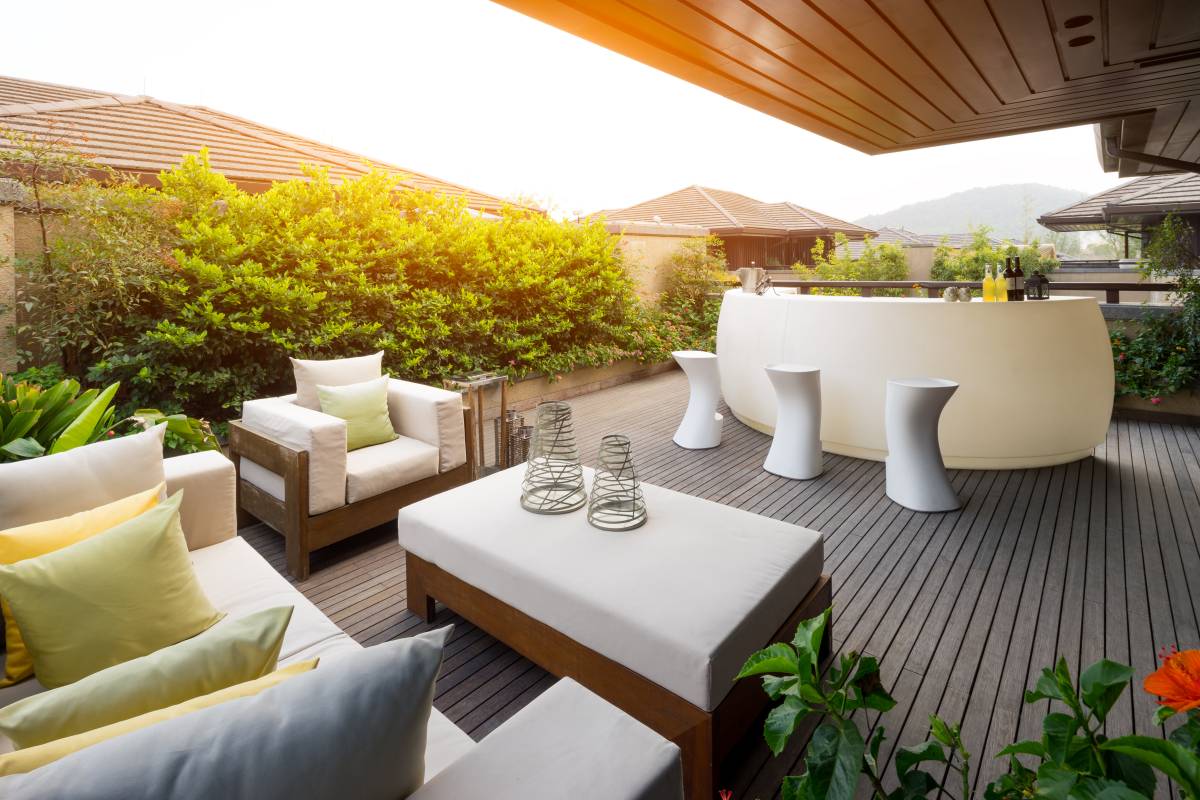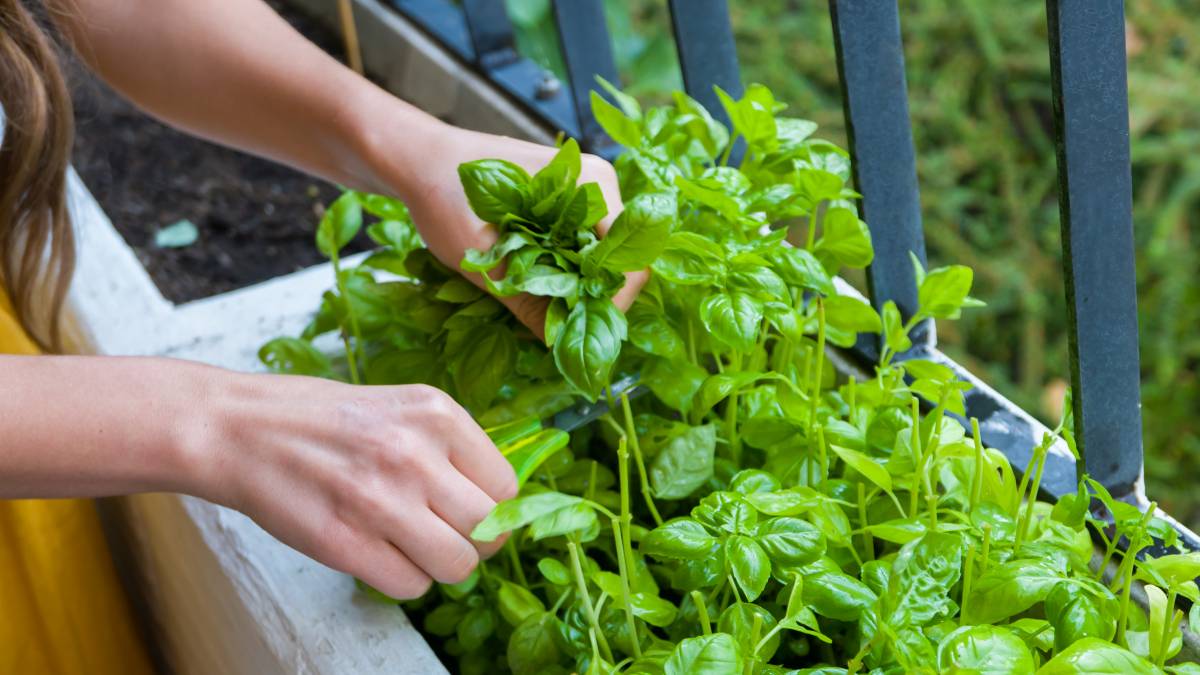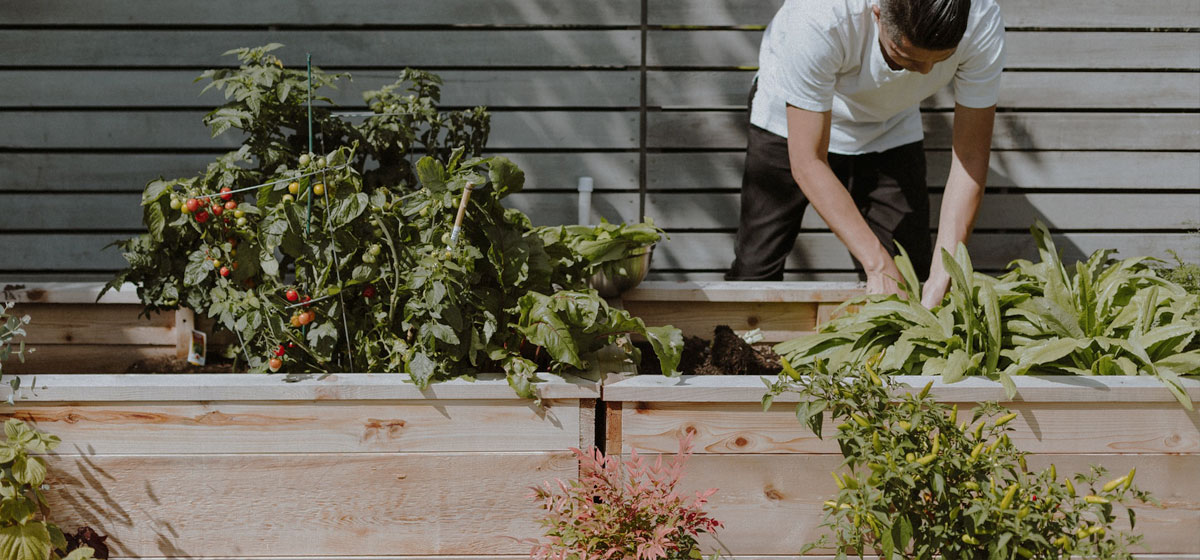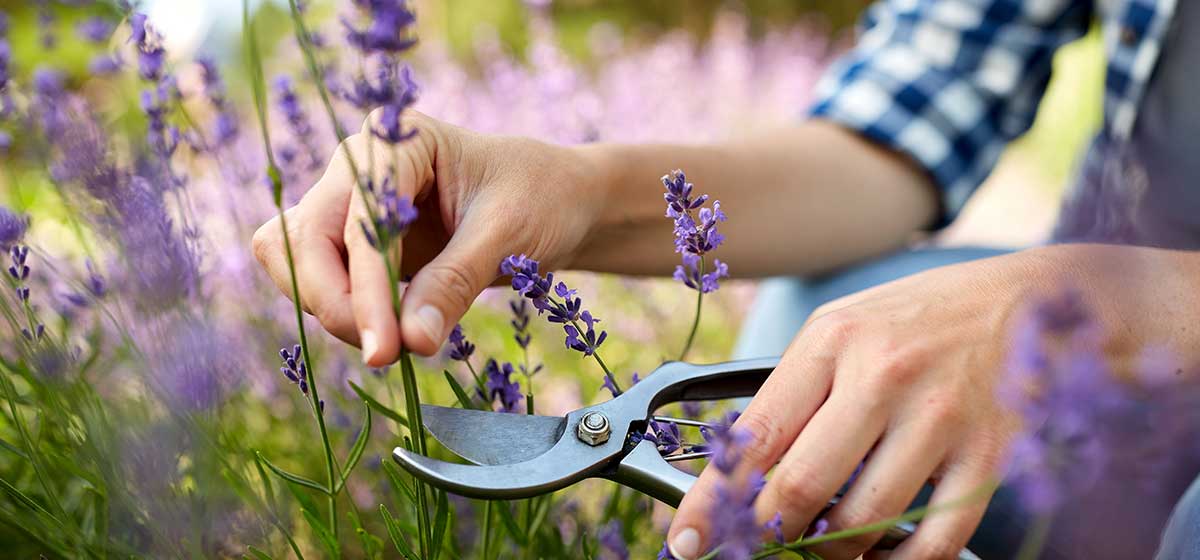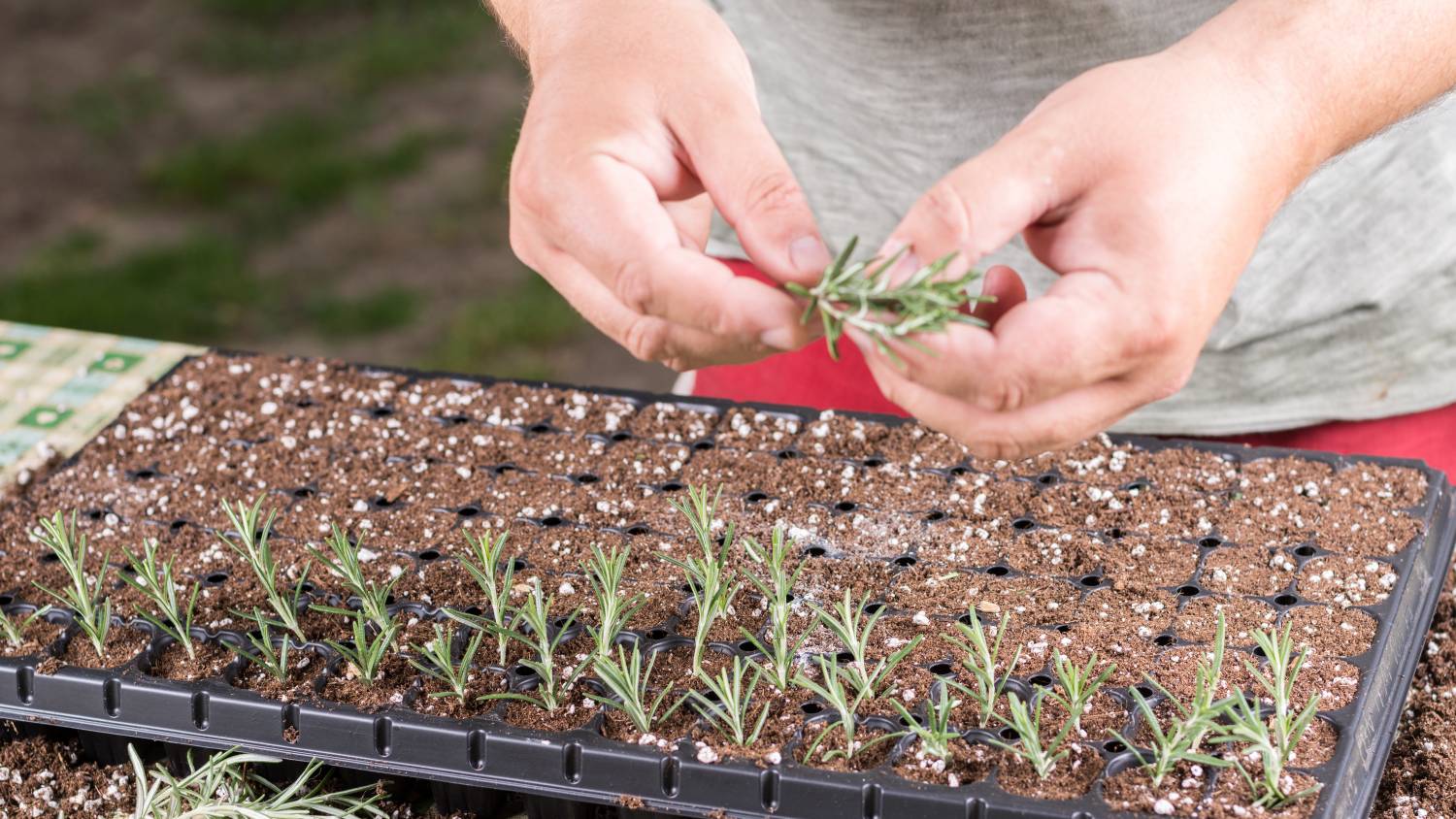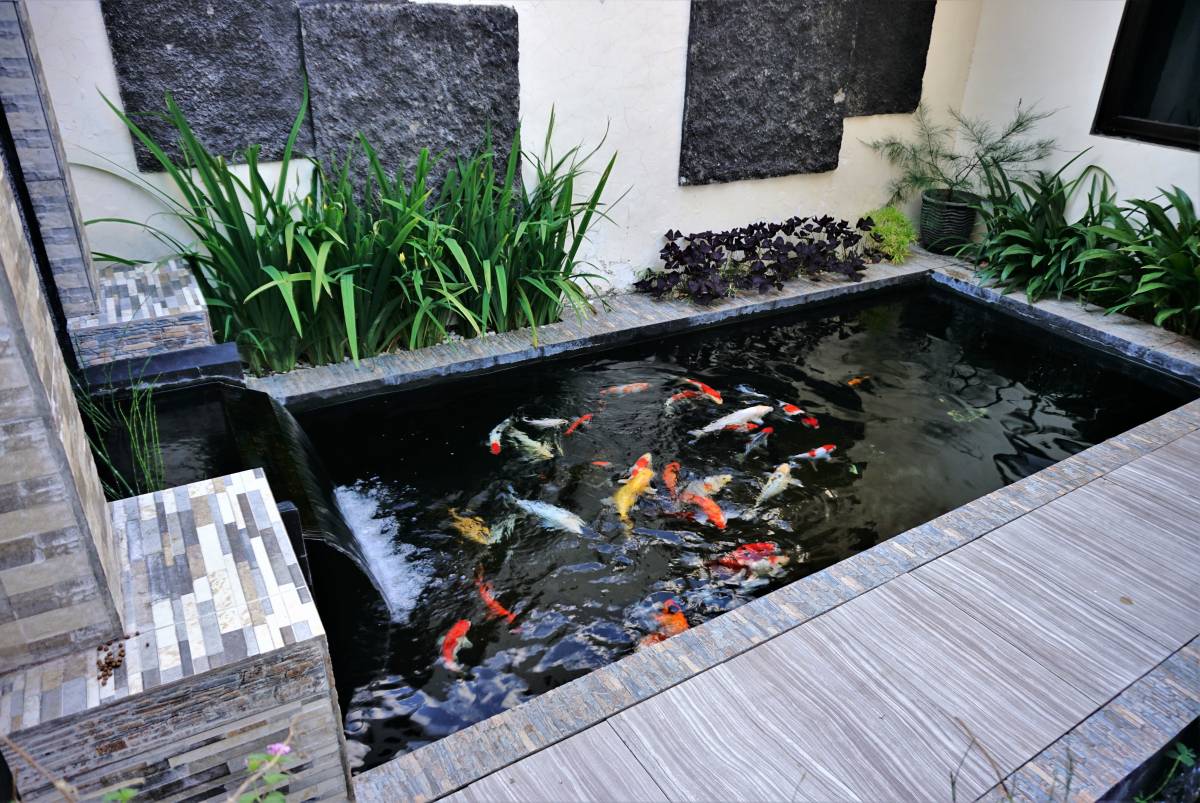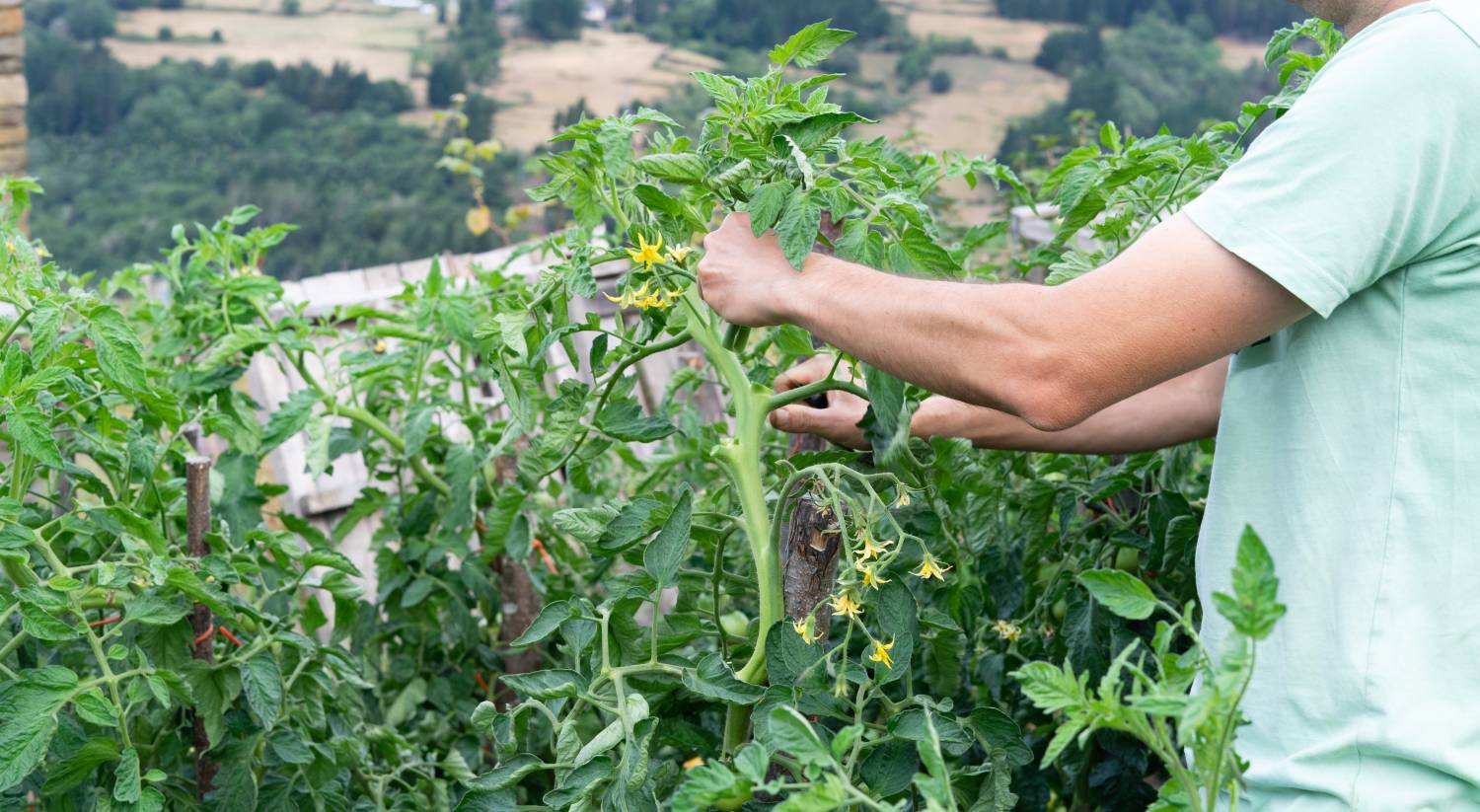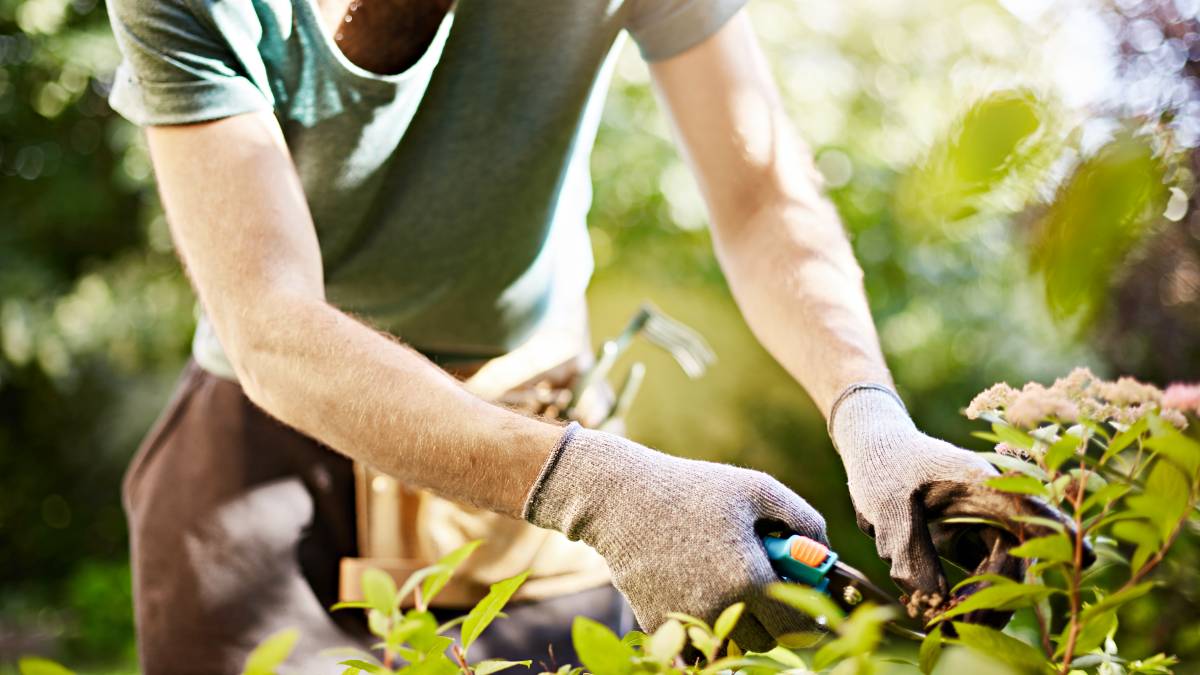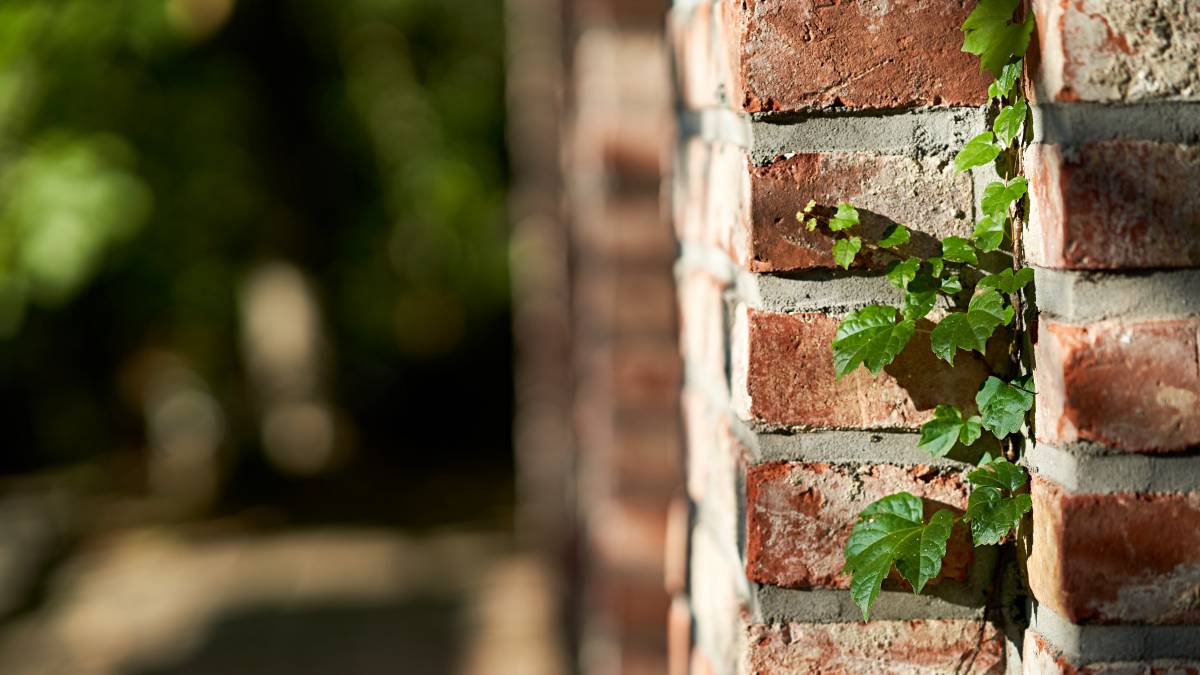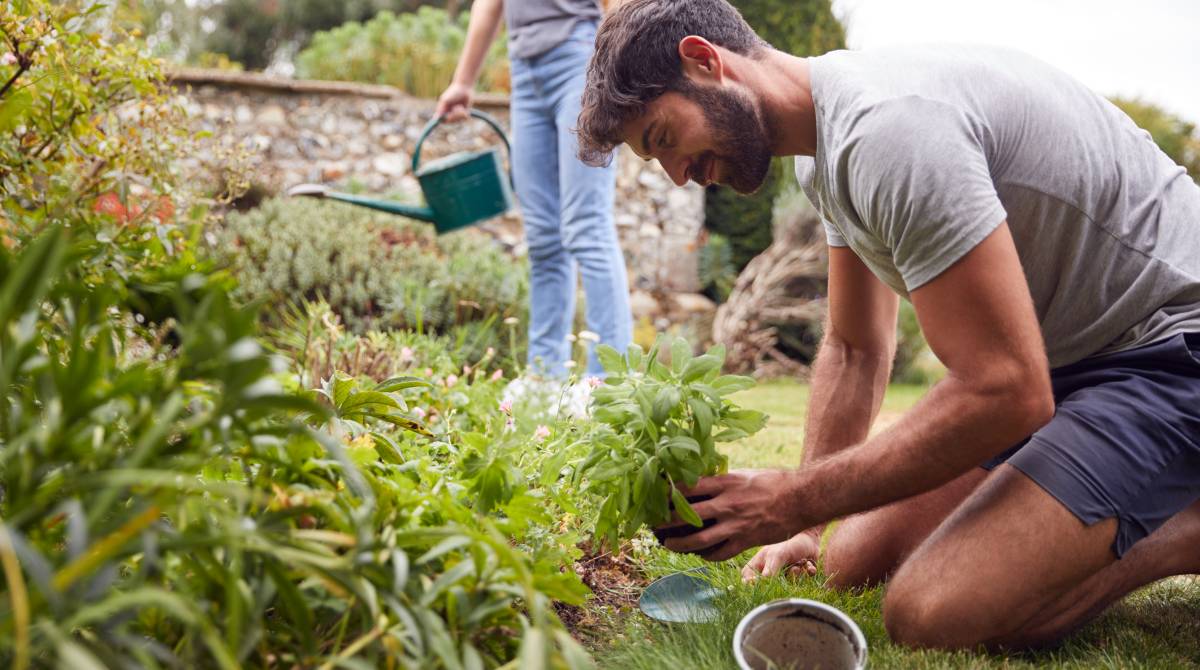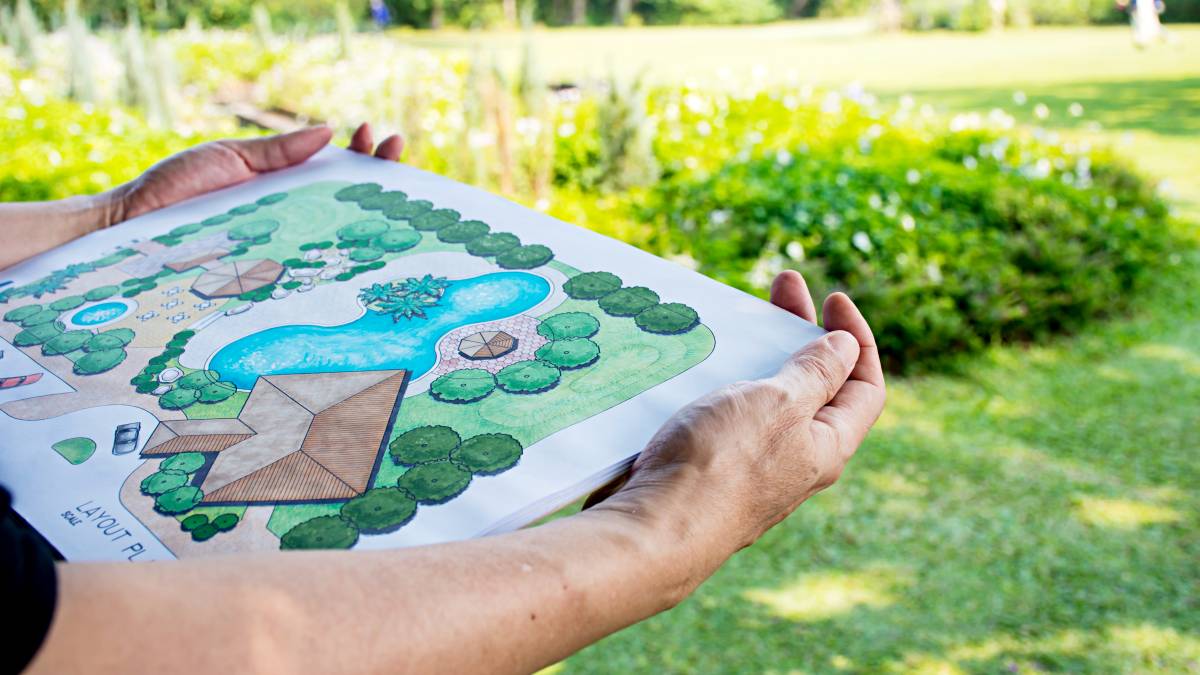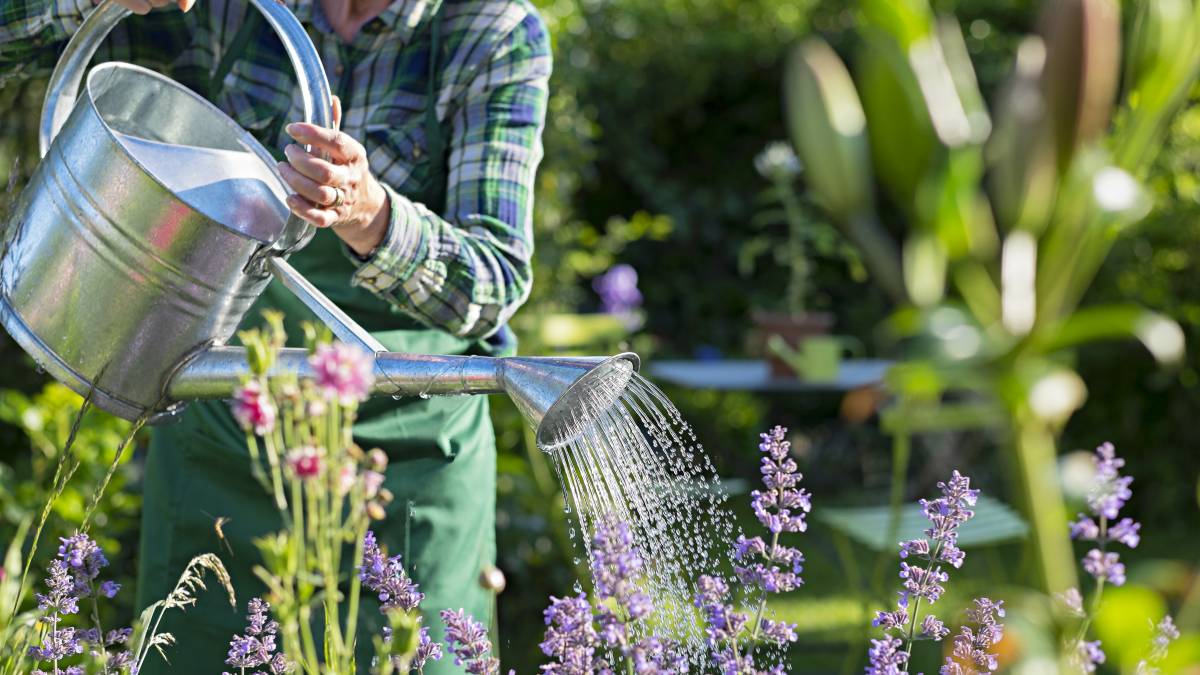- Home/
- Guides/
- Garden Planting/
- How to build a raised garden bed
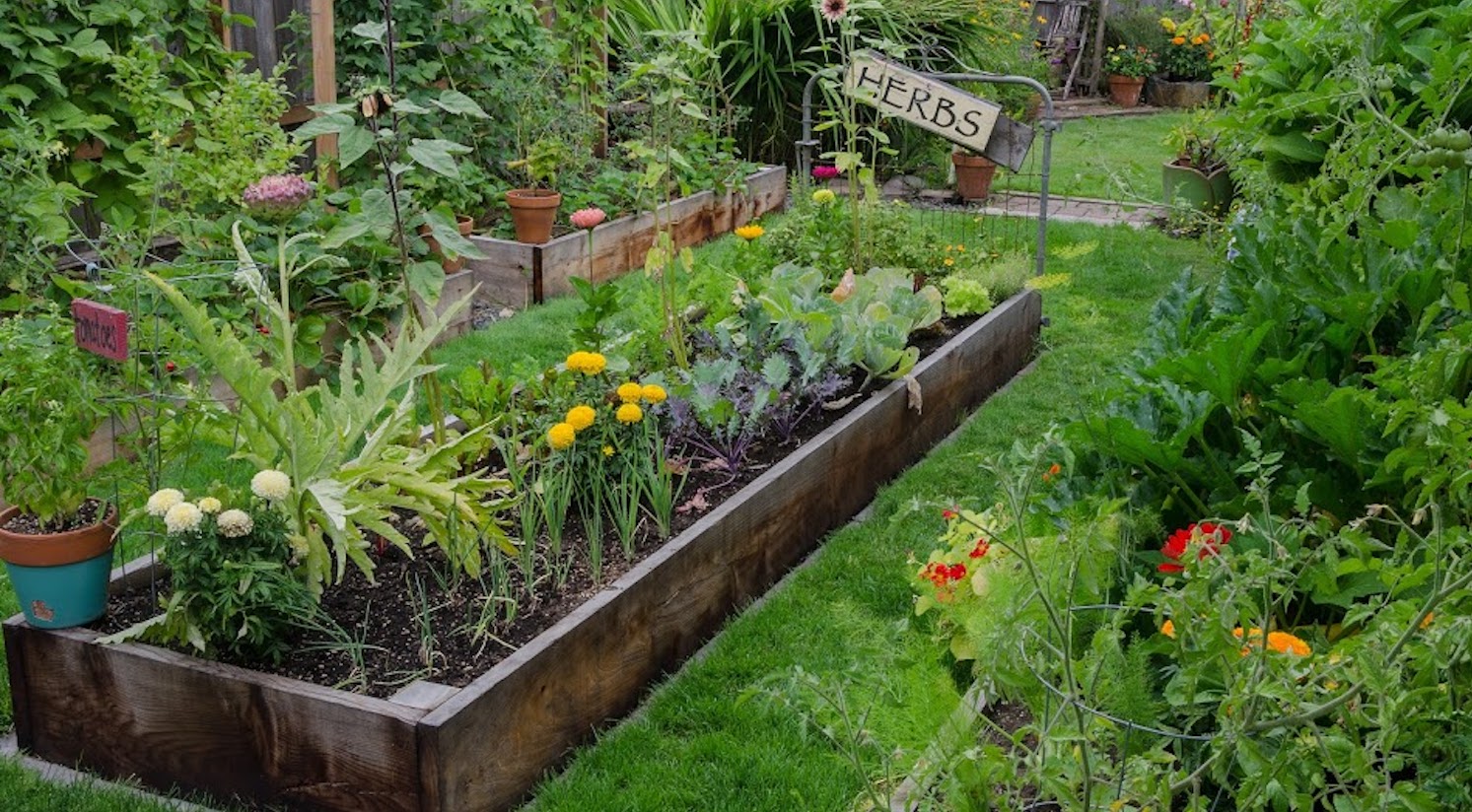
How to build a raised garden bed
Find a garden planterLast Updated on
There are lots of reasons to build a raised garden. Raised gardens are more popular than ever. With most people staying at home and hard-to-come-by fresh produce, people are DIYing their grocery shopping — right in their backyard!
Raised garden beds offer a perfect growing environment. You don't have to worry about what kind of soil you have; you don't have to worry about pets or small children. The soil in raised garden beds stays warmer, longer, so your growing season is extended. Fruits and vegetables tend to have stronger roots because they send their hearts deeper, looking for water.
So, what do you need to DIY raised garden beds?
The raised garden bed we're going to walk you through is cheap and easy to build. The wood and rebar will cost you about fifty dollars if you use untreated pine plans. Best yet, the entire build can be finished in about an hour!

If you want to build a 4x8 garden bed, you'll need the following materials:
- Two 2-by-12 planks, each 8 feet long
- Two 2-by-12 planks, each 4 feet long
- 12 pieces of rebar, each 2 feet long
- A rubber mallet
- Newspaper or cardboard
- Soil to fill the finished frame
Next, let's build your raised garden bed!
Position your boards
- Find a level section of the ground.
- Lay the boards don with the inner corners touching.
- Stand one long board on its side, and, using a rubber mallet, hammer two pieces of rebar 1 foot from each corner, a few inches deep into the ground.
Prop up the short sides
- Use a piece of rebar at the center of each for temp.
- Prop up the second long side and adjust the alignment of your frames as needed.
- Hammer the rebar a few inches deep, one foot from each corner of the second long side.
Add even more support
- Hammer the rebar a few inches deep a foot from each corner of the short sides and then remove the temporary support.
- Add two pieces of rebar two feet apart along each of the long sides. This is going to reinforce the frame when it's filled up with soil (very important, you don't want soil spilling out!).
- Hammer in the rebar until 6-10 inches are exposed above ground.
- Add two pieces of rebar two feet apart along each of the long sides. This is going to reinforce the frame when it's filled up with soil (very important, you don't want soil spilling out!).
- Hammer in the rebar until 6-10 inches are exposed above ground.

Fill it up!
- Line, the bottom of your frame with newspaper, wet it (you can also make use of all of those Amazon boxes and use those).
- Fill your bed with soil to within a few inches of the top.
- There are lots of things you can use to build your raised garden beds if you want to get creative!
Wattle
You can weave a frame with long, flexible sticks.
Logs
If you've recently had a tree chopped down, logs can be a cost-effective material. It's best to go with logs about 1 foot in diameter. You can also contact one of our arborists — they have logs you can purchase!
Concrete Blocks
Placing the blocks with open ends up provides extra growing room. Tuck herbs or decorative flowers into the cavities.

A few tips and tricks:
- You want to build your raised garden beds in a space that gets about 5 hours of sunlight every day.
- Position your raised garden beds north to south to prevent your plants from shading other plants.
- Your raised garden beds should be at least one foot wide but no bigger than 4 feet across.
- Most raised garden beds are around six feet long and 12 inches high.
- Leave about three feet in between your raised garden beds so you can quickly move between them.
Wood
Use naturally wood-rot resistant wood like oak, cedar, and redwood.
Soil
- A garden center can help you pick the right soil. We suggest going with soil that is dark, rich with lots of microorganisms.
- Fill your raised garden beds with about 50% good quality topsoil and 50% well-aged compost. Test your soil PH and nutrient content to make sure it's healthy.

Plants (that's why you're here!)
It's best to consult something like Urban Planter to see what is best to plant in your region. We've seen raised garden beds with every kind of fruit and vegetable you can imagine!
Water
The thing to know about raised garden beds is that they can dry out quickly, so you'll need to give your plants plenty of water. Water them in the evening, but in the super-hot months, you'll want to check in on them in the afternoon. If you find that the soil is dry and hot more than it should be, it might be time to get a programable drip irrigation system; they are cheap and easy to use.
Gardening is an excellent activity for the entire family and has been shown to be good for your mental health! If you need a hand, one of our handymen would be happy to help!
Do you have a raised garden bed? We'd love to see it! Be sure to tag us on Instagram, Twitter and Facebook!
Related articles
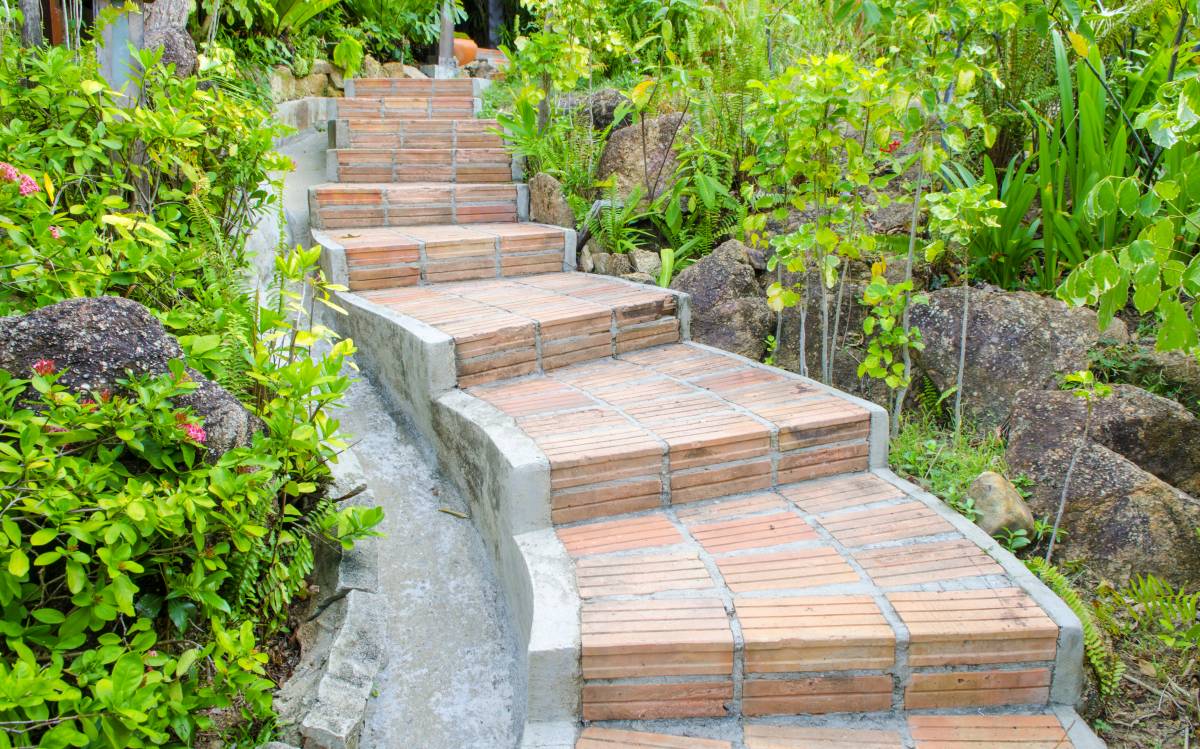
How to build garden steps
Read more
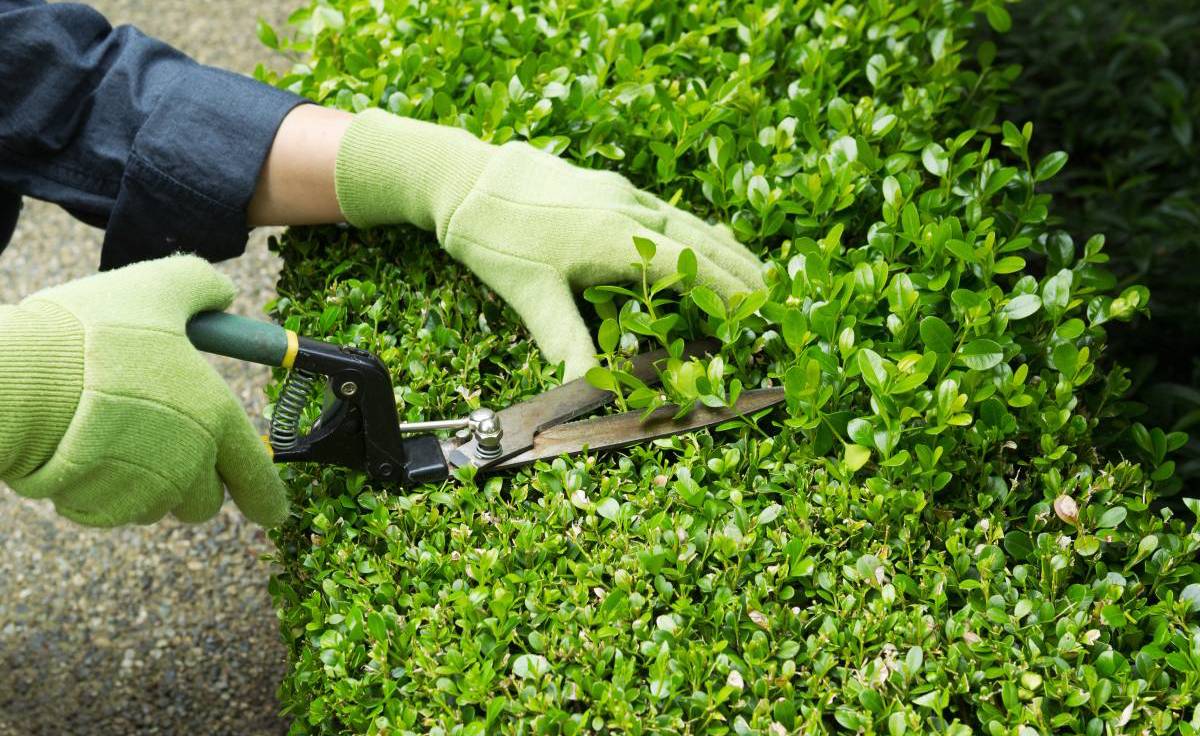
How to trim bushes the right way
Read more

13 best spring gardening tips
Read more
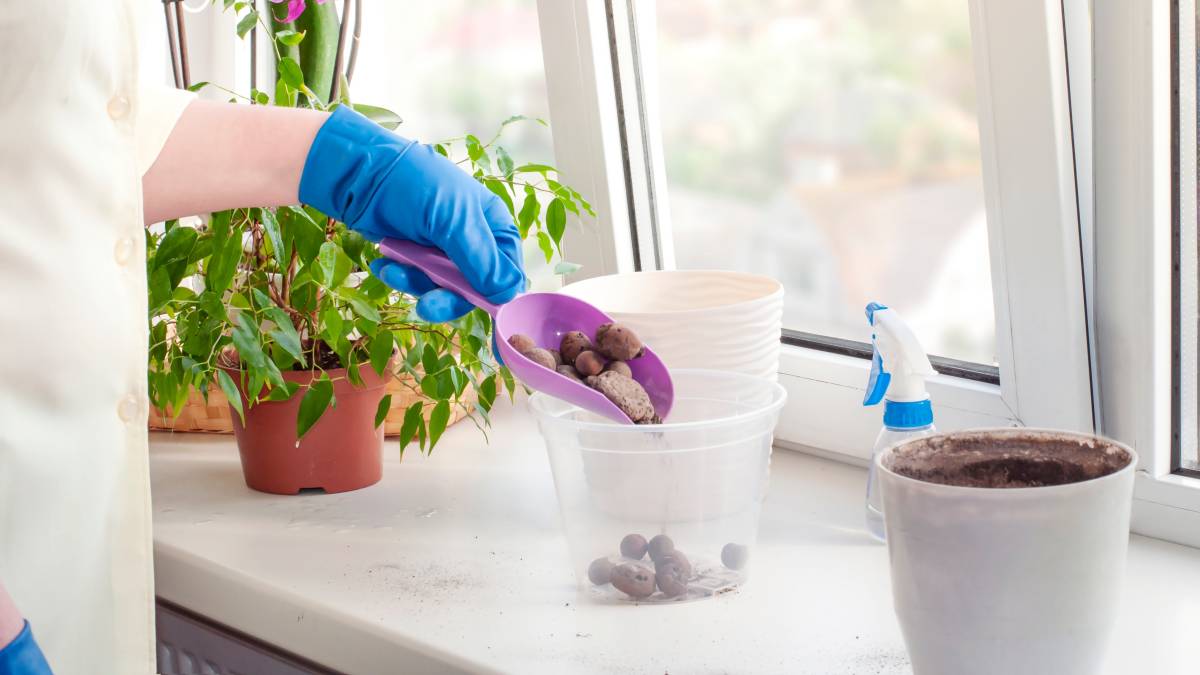
36 Quirky plant pot ideas you’ll love
Read more
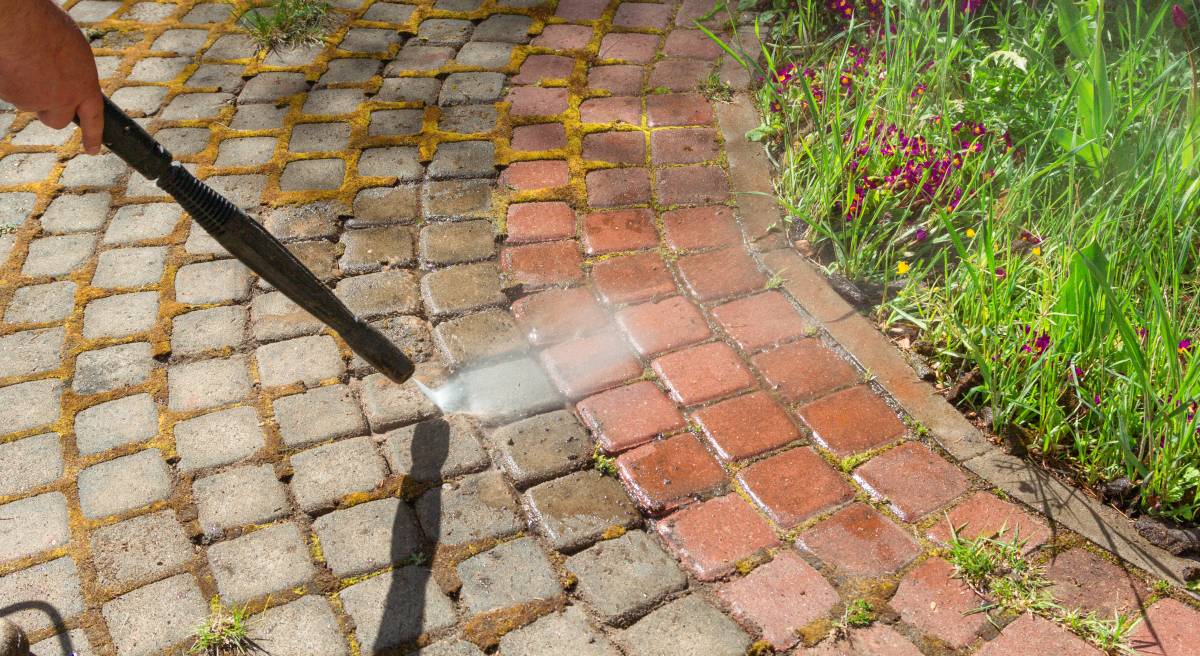
How to clean landscape rocks
Read more
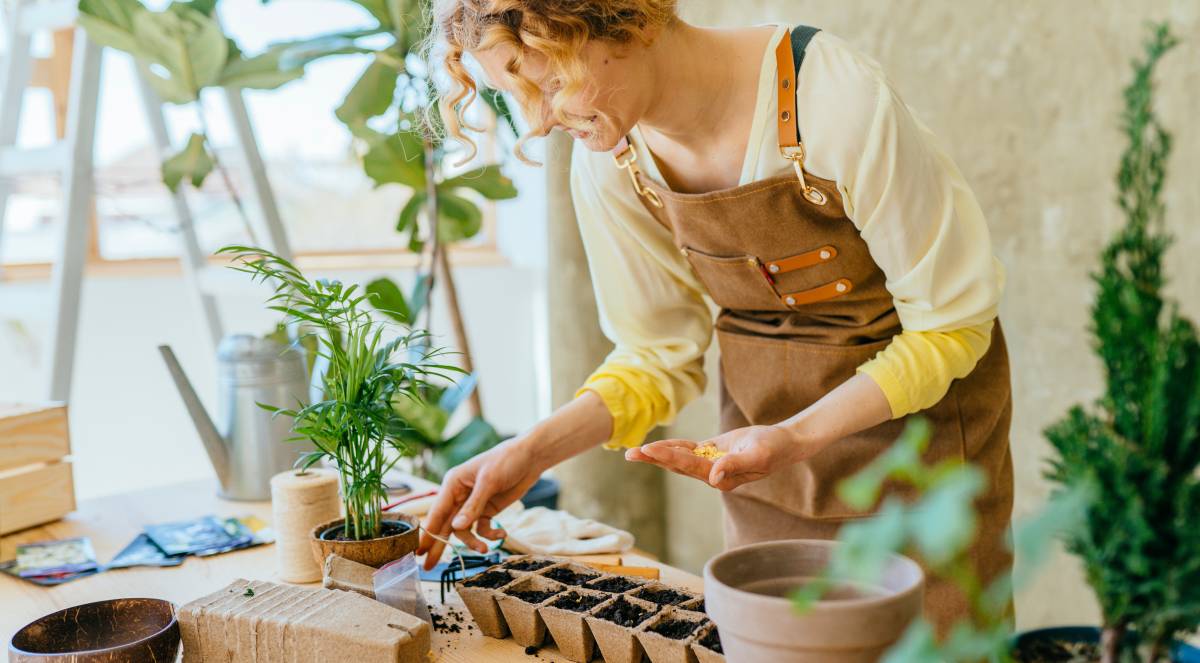
25 ways to make money gardening
Read more
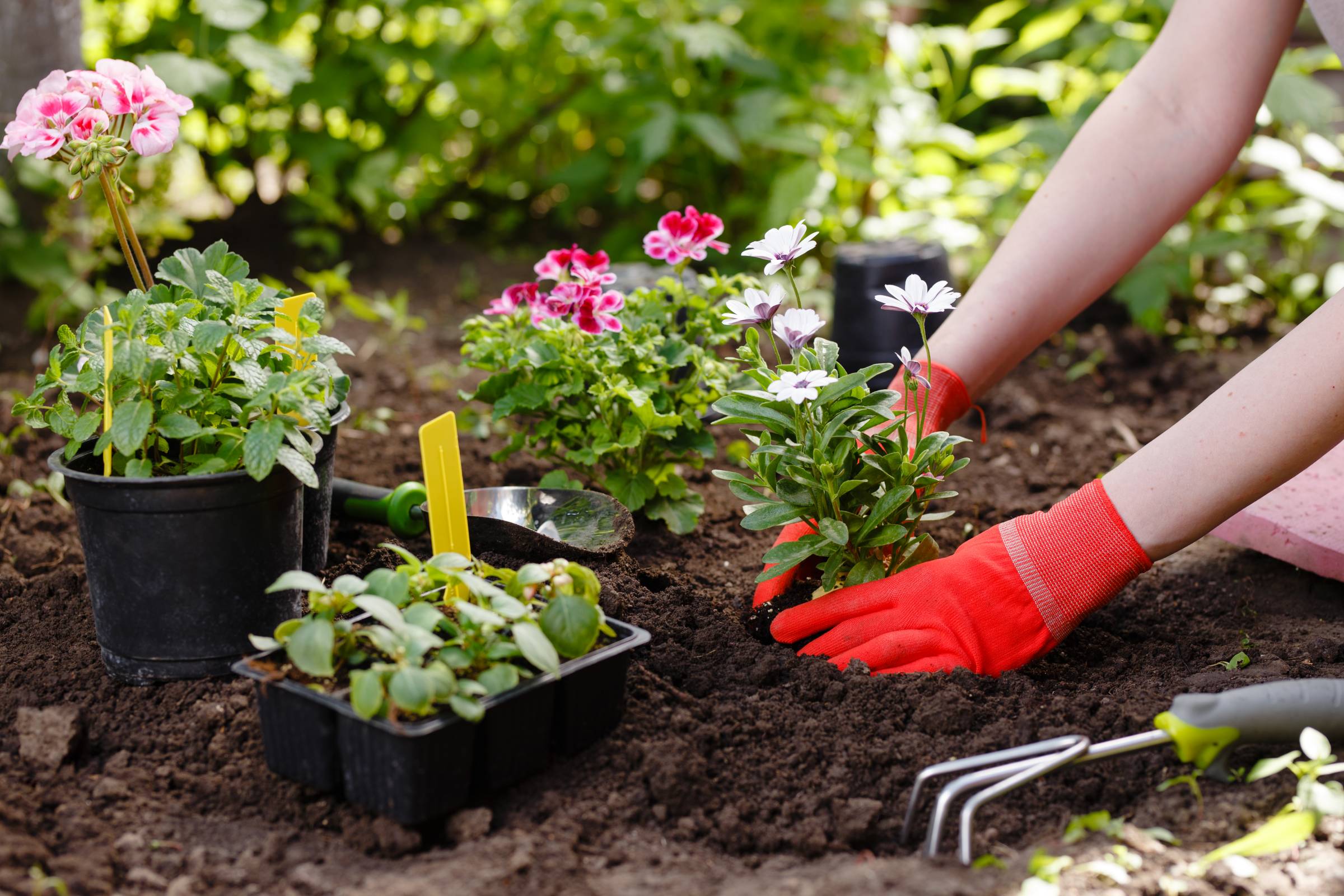
Your garden maintenance checklist
Read more

How to Start a Vegetable Garden
Read more
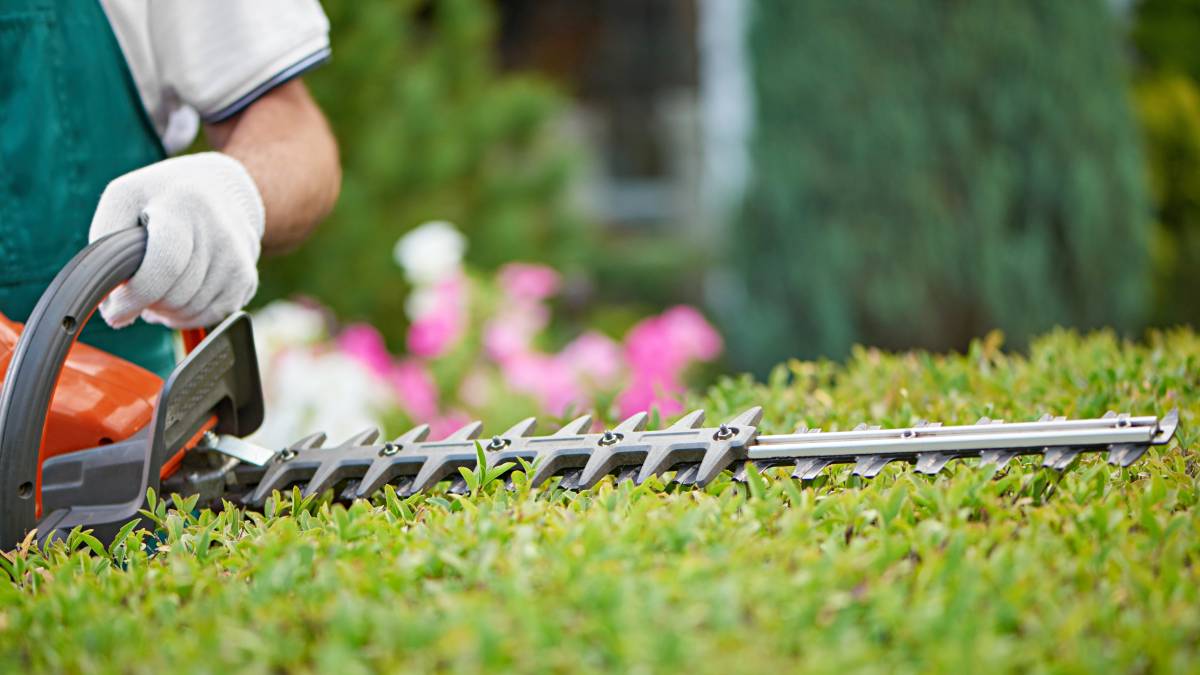
How much does hedge removal cost?
Read more

How much does a garden room cost?
Read more
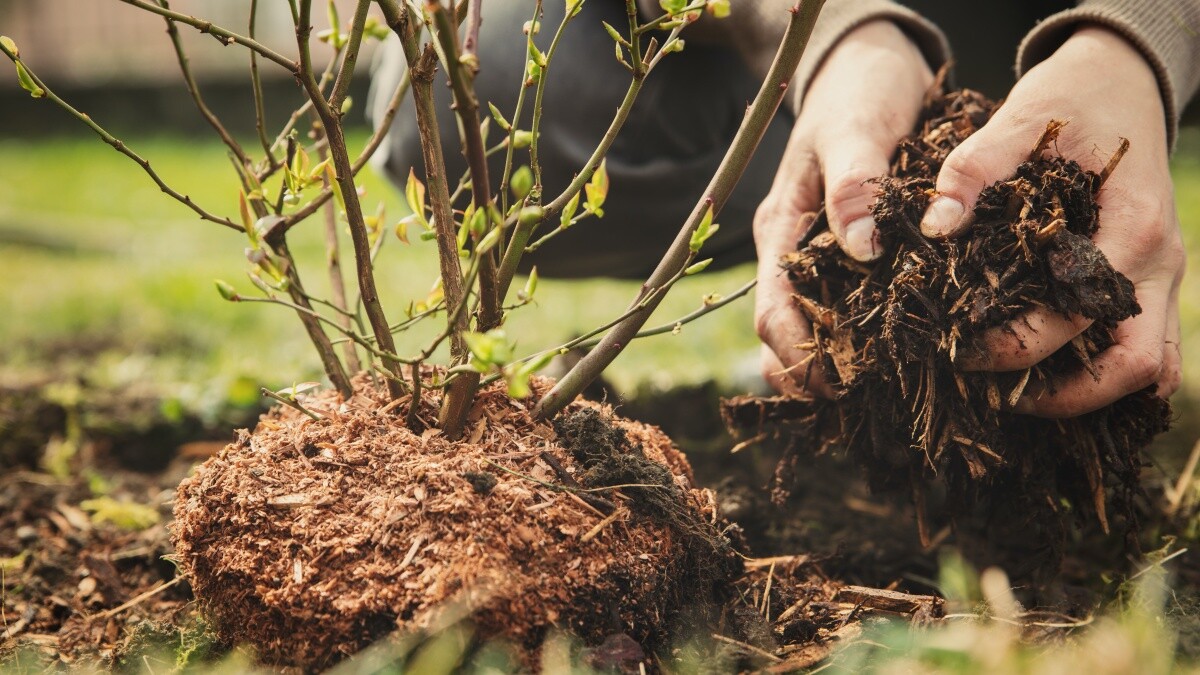
How much does mulch cost?
Read more
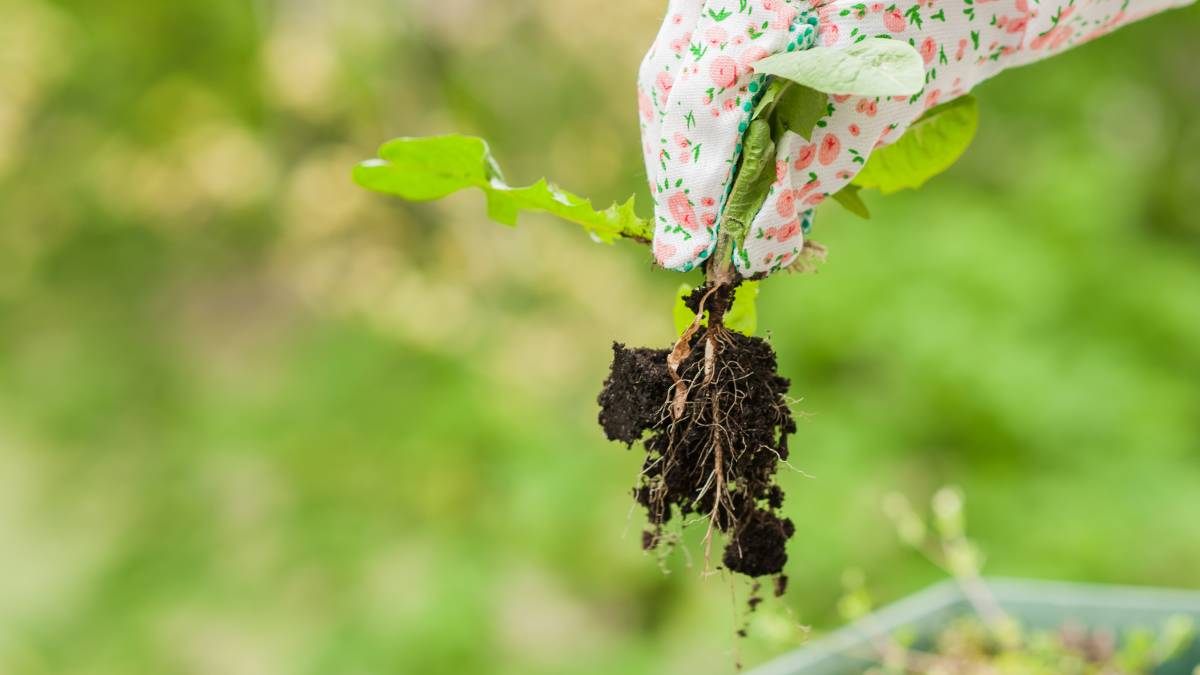
How much does weeding cost?
Read more
